The iPhone 14 Pro review is, quite frankly, probably the most responsible article that I was expected to write this year. The "Fourteens" caused a great deal of discussion after their introduction, which I am honestly not surprised by, and it is therefore absolutely clear to me that many of you will want to hear what these phones are like in real life. So let's ditch the introductory formalities and get straight to the point. This time there is really something to talk about, or rather write about. However, not because there is too much news, but rather because they have both positive and negative sides, which makes the iPhone 14 Pro really quite controversial to a certain extent.
It could be interest you
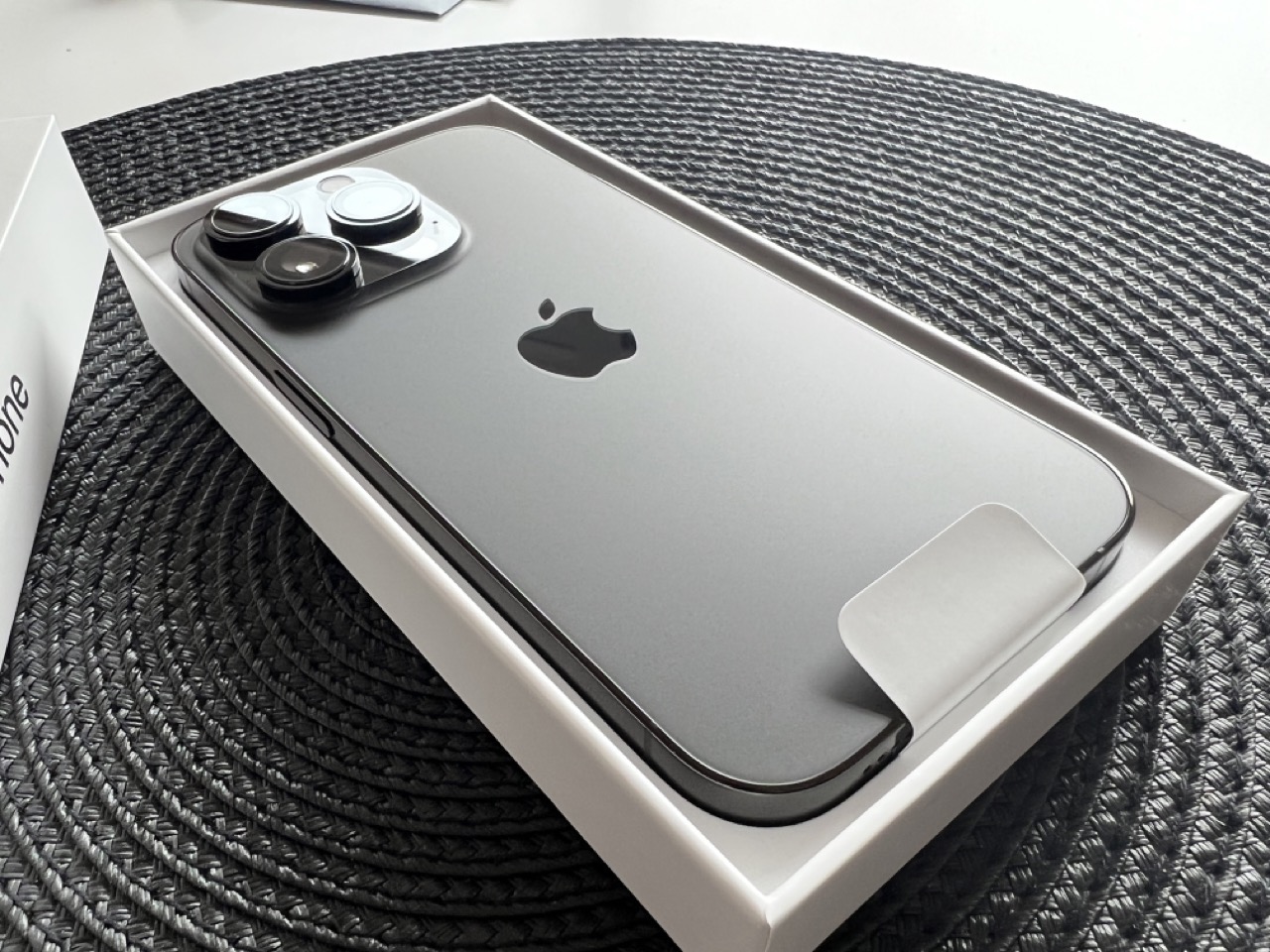
Design and dimensions
In terms of design, at least when the display is off, the iPhone 13 Pro and 14 Pro are almost as similar as eggs to eggs - that is, at least for less knowledgeable users. The more astute will notice the slightly modified front speaker, which is even more embedded in the upper frame of the iPhone 14 Pro, or the more prominent camera lenses on the back. However, it is necessary to add in one breath that you will notice them primarily in light models, where the metal ring surrounding the lenses is optically more prominent than in the case of dark versions. Therefore, if the protruding lenses optically bother you, I recommend reaching for either the black or purple variant, which can nicely disguise the protrusion. Just remember that camouflage is one thing and real use is another. What I mean specifically is that larger protective rings on the covers go hand in hand with more prominent cameras, which in the end results in nothing more than more wobbling of the phone when it is placed on the back. Therefore, buying the dark version does not matter so much in the end.
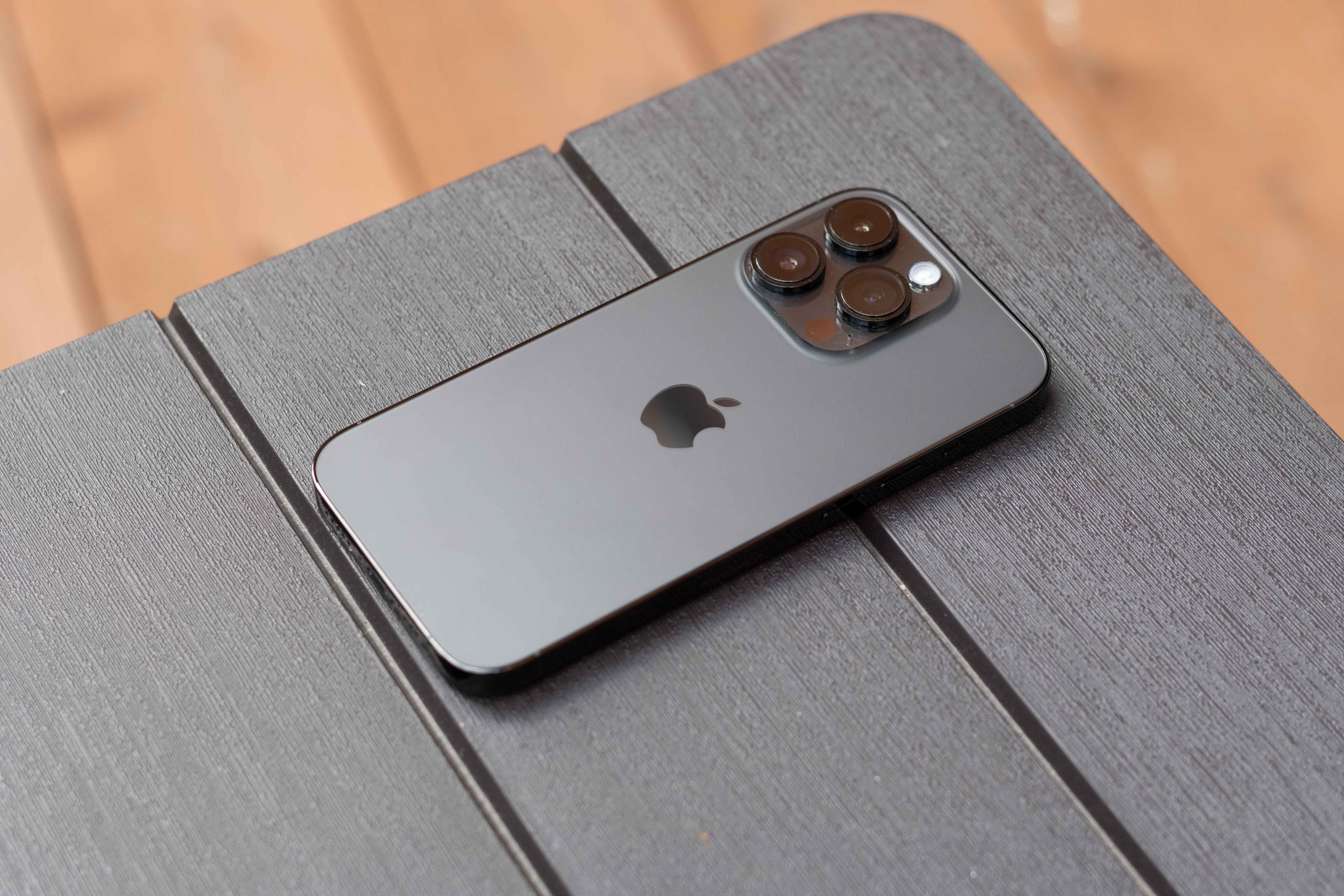
As for the colors that are available this year, Apple again chose gold and silver, supplemented by dark purple and black. I personally had the opportunity to test the black one, which in my opinion is absolutely stunning in terms of design. This is because it is finally a really dark coat, which Apple has surprisingly avoided in recent years, preferring to replace it with space gray or graphite. Not that these colors aren't nice, but I just didn't like them and that's why I'm very happy that this year has finally become a year of change in this regard. However, I find it a bit of a shame that we now have four of the five color variants of the iPhone 13 Pro, but who knows - maybe in a few months Apple will please us again with a brand new shade to boost sales.
As in the previous two years, Apple opted for 14" in the 6,1 Pro series, but crammed it into a slightly taller body. The height of the iPhone 14 Pro is now 147,5 mm, while last year it was "only" 13 mm for the iPhone 146,7 Pro. However, you have absolutely no chance of noticing the extra millimeter - especially when the width of the phone remained at 71,5 mm and the thickness increased by 0,2 mm from 7,65 mm to 7,85 mm. Even in terms of weight, the novelty is not bad at all, as it "gained" only 3 grams, when it "rose" from 203 grams to 206 grams. It is therefore absolutely clear that the 14 Pro feels completely identical to the iPhone 13 Pro, but the same could be said for the iPhone 12 Pro and 13 Pro as a result. Given that Apple significantly redesigns its iPhones in three-year cycles, however, this is no surprise, quite the opposite. Nothing else could be expected.
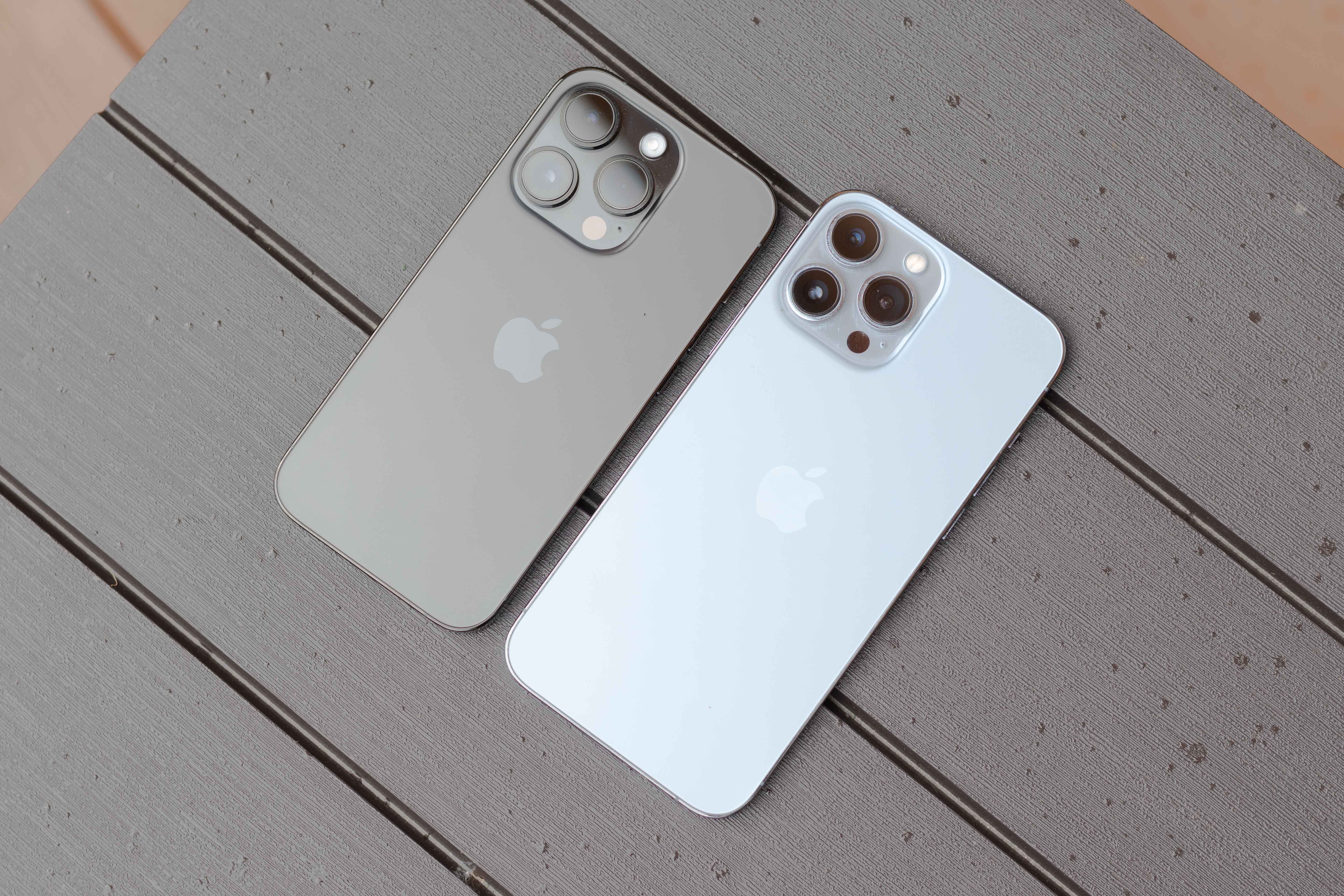
Display, Always-on and Dynamic Island
Although Apple praised the display of the new iPhone to the heavens at the Keynote, looking at its technical specifications, one immediately realizes that everything is a little different. Not that the iPhone 14 Pro's display isn't amazing, because quite frankly it is, but it's almost as amazing as last year's iPhone 13 Pro's display. The only paper difference in terms of technical specifications is in the brightness during HDR, which is a new 1600 nits, and in the brightness outdoors, which is a new 2000 nits. Of course, there is ProMotion, TrueTone, P3 gamut support, 2:000 contrast, HDR or 000 ppi resolution. In addition, there is always-on, thanks to the fact that Apple used a panel with the possibility to reduce the refresh rate of the display down to 1Hz instead of last year's 460Hz.
To be honest, Always-on in Apple's concept is an extremely fun thing, although I have to add in one breath that at the same time it is a little different than what anyone imagines under the term "Always-on". Apple's Always-on is actually significantly dimming the brightness of the wallpaper with the darkening of some elements and the removal of those that need constant updating. Although this solution practically does not save 100% of the battery as it is the case with Android phones (in practice, I would say that Always-on represents about 8 to 15% of the daily battery consumption), personally I really like it and it definitely appeals more than just a black screen shining clocks, possibly a few other notifications. What is also positive is the fact that Apple has played with a variety of energy-saving solutions both in the hardware and software areas, thanks to which everything should run as economically as possible and, in short, in such a way that it does not bring more worries than joy to the user. So you don't even have to worry about burning the display, because Always-on slightly moves the displayed content, dims it in different ways, and so on.
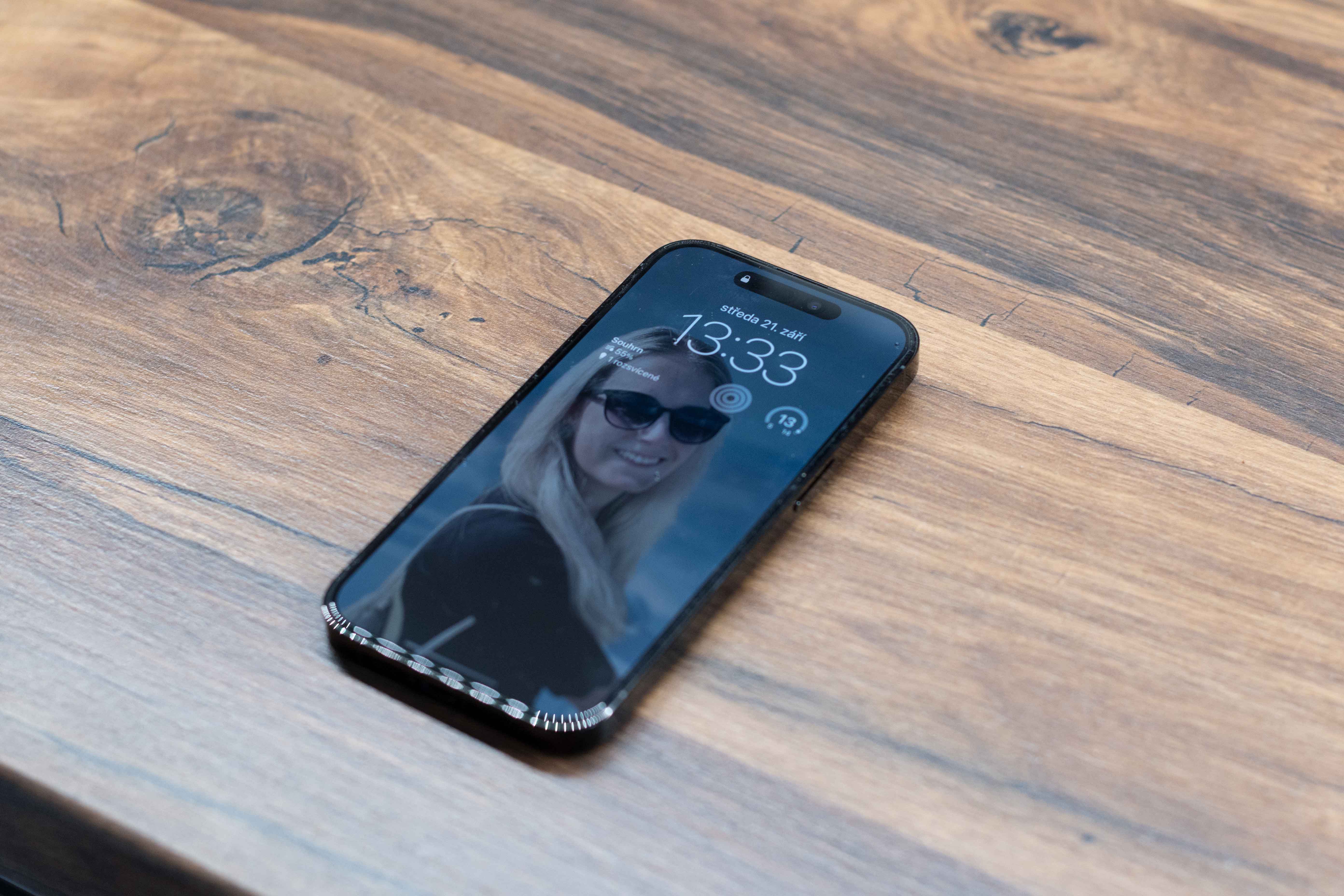
The fact that the Always-on mode is quite smart probably does not need to be emphasized, given that it comes from Apple's workshop. Nevertheless, I will not forgive myself another small praise for his address, which I think he deserves. Always-on is not only managed using advanced hardware and software with an emphasis on the lowest possible energy consumption, but also several behavior patterns are created for it, according to which it turns off to save energy and fight against burning. There is probably no point in mentioning that Always-on turns off when you put the phone in your pocket, turn the display down, activate the sleep mode, and so on, because it is somehow expected. But what is extremely interesting is that Always-on also turns off according to your behavior, which the phone learns with the help of machine learning and artificial intelligence, which in other words means that if, for example, you are used to taking a nap for two hours after lunch, the phone should understand this ritual of yours and gradually turn off Always-on during your sleep. Another really cool thing about Always-on is its compatibility with the Apple Watch. They now also communicate with the phone regarding the distance, and as soon as the iPhone receives a signal that you have moved away from it at a sufficient distance (which it understands thanks to your Apple Watch on your hand), Always-on simply turns off, because it simply does not make sense for the content on the display lit up, draining the battery.
However, in order not only to praise Always-on, there are three things that surprise me a little and I am not entirely sure if this is an absolutely ideal solution. The first one is the brightness mentioned above. While the Always-on doesn't shine excessively in the dark, if you have the phone in sharper light, the Always-on shines because it tries to respond to the light and be logically readable enough for the user, thus draining the battery more than it should. Of course, user comfort is guaranteed by a higher brightness, but personally I would probably prefer if this didn't happen at all and the battery life would therefore be +- stable, or if I had the option to adjust the brightness in the settings - either fixed or within a certain range - and he controlled everything with it. Closely related to the possibility of customization is the second thing, which makes me a little sad. I don't really understand why Apple doesn't allow more customization of both the Lock Screen and Always-on, at least for now. I find it a shame that when a huge number of widgets can be pinned to the display, as a result, you are only allowed to use a handful of them in this way due to the limited slots. In addition, I would also like it if I could play around with Always-on which element will shine more prominently and which will be dimmed to the maximum. After all, if I have a photo of my girlfriend on my wallpaper, I don't really need to see the bluish background around her in Always-on, but at the moment I simply have nothing else to do.
The last complaint, which surprised me a little about Always-on, is that it cannot be used, for example, at night as a clock or in general like this. Yes, I know that I would lose battery life by doing so, but I think it's a shame that when we finally have the Always-on option after years, it can't be used 100% yet. Sure, this is ultimately just a software limitation that Apple can remove in the coming weeks or months through a software update, but it's always better if Apple "burns" all the news right into the first version of the system, so that it wipes the eyes of users as much as possible .
We must not forget about the brand new element replacing the cutout. It is called Dynamic Island and can be simply described as a smart masking for the pair of holes in the display that were created in it due to the front camera and the Face ID module. However, rating this feature is extremely difficult at the moment, as only a handful of Apple apps and exactly zero third-party apps support it. At the moment, one can enjoy it for example during calls, controlling the music player, maximizing Apple Maps, timers or serving as an indicator of the battery status of the phone or connected AirPods. So far, there is little animation or general usability, and to be completely honest, quite surprisingly, what should have been in Dynamic Island was sometimes forgotten. An example can be the orange dot during calls, which is displayed by default in Dynamic Island, but if you make a FaceTime call in full screen (and the phone is locked, for example), the dot moves from Dynamic Island to the right corner of the phone, which looks rather strange. After all, consistency is needed with elements like this, and when it's not, it feels more like a bug than something Apple intended.
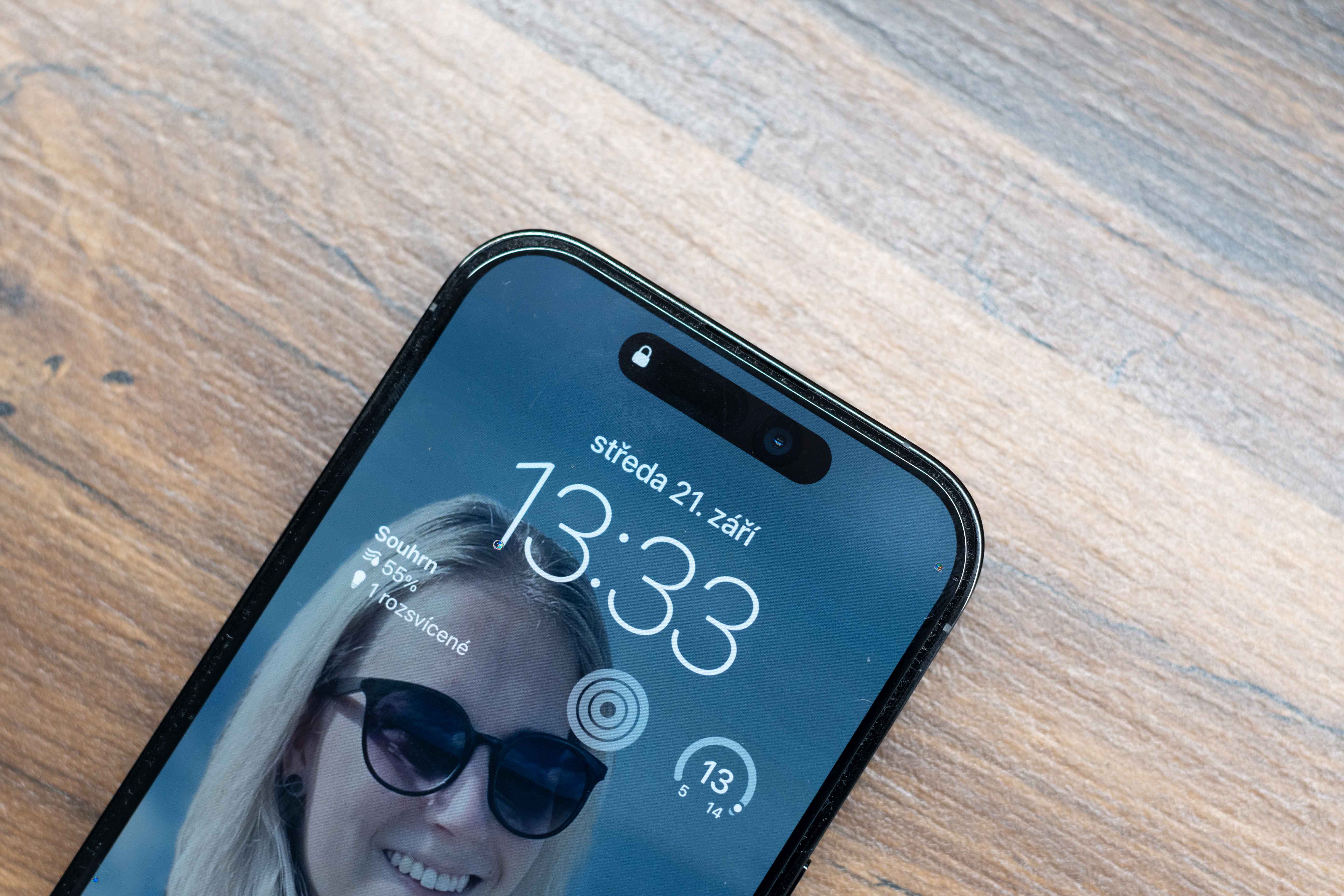
In general, I would say that what Apple presented at the Keynote, Dynamic Island doesn't even offer half of it yet, that is, at least if you are not so devoted to native Apple applications. However, the question arises as to who is actually to blame. At first glance, it could be said that Apple. On the other hand, if Apple had burned Dynamic Island ahead of time, it would suddenly not have to keep such secrets around the iPhone 14 Pro, which would be a shame in its essence, but it would also ensure much better support for Dynamic Island. Long story short, well, we have that little Sofia's choice, as both solutions would be inherently bad, and it's a question of which is actually worse. Personally, I would say that option B - that is, keeping the phone secret at the expense of software support. However, I believe that among you there will be a lot of opponents of the first option, because in short, you want to have the perfect surprise, regardless of how well it goes. I understand, I understand, I accept and in one breath I add that both my opinion and yours are ultimately equally irrelevant, because the decision in Cupertino has already been made anyway.
If I were to get rid of the current (in)functionality of Dynamic Island and look at it only as an element replacing the current viewport, I probably wouldn't be able to find words of praise for it either. Yes, the long shot instead of the cutout felt more modern and overall more appealing on Keynote than the cutout. However, the reality is that even a week after first unpacking the iPhone, I perceive it to be more distracting than the display itself, since it is set deeper into the display and, due to the fact that it is surrounded by the display on all sides, it is essentially constantly highlighted, which is not always completely ideal . What I don't understand at all is that Apple didn't decide to intuitively turn off Dynamic Island, for example in the case of watching full screen video, viewing photos and so on. I can't help myself, but I'd probably rather look at two bullet holes in the display at such a moment than one long black noodle, which sometimes overlaps relatively important parts of the video when I watch YouTube. Again, however, we are talking about a software solution that may arrive in the near or distant future.
If you are wondering if the physical punctures are visible in the display, the answer is yes. If you look at the display from a certain angle, you can see both the elongated pill hiding the Face ID module and the circle for the camera without any significant masking by the black Dynamic Island. It should also be added that the lens of the front camera is significantly more visible this year than it was in previous years, as it is both larger and generally "lower". Personally, I am not overly offended by this matter, and I don't think it will be overly offensive to anyone.
Although I would like to tell you even more about the display, the truth is that I have already written absolutely everything I could about it. There are no visibly narrower frames around it, just as it does not seem to me that we have improved, for example, in the presentation of colors and the like. I had the opportunity to compare the iPhone 14 Pro specifically with the iPhone 13 Pro Max, and although I tried my best, I wouldn't say that apart from the things mentioned above, you can improve in any way from year to year. And if so, it will really only be a small step forward.

Performance
Evaluating the performance of iPhones in recent years seems to me, with a bit of exaggeration, completely unnecessary. Every year, Apple sets performance trends for iPhones, which, on the one hand, sounds absolutely perfect, but on the other hand, it is somewhat irrelevant from the user's point of view. For quite a few years now, you have had absolutely no opportunity to use the performance in any comprehensive way, let alone appreciate it. And it is the same this year with the arrival of the 4nm Apple A16 Bionic chipset. It has improved by more than 20% according to a number of intergenerational tests, which is an impressive jump, but you absolutely cannot feel this thing during normal use of the phone. Applications start in exactly the same way as in the case of the iPhone 13, they run just as smoothly, and in fact the only thing where higher performance is really noticeable is taking photos and filming, as this year it is again a bit more connected to the software - at least in the case of video, which we will talk more about later.
I think that writing the results of benchmark tests in the review or adding screenshots from Geekbench or AnTuTu does not make much sense, since anyone can find this data within a few seconds on the Internet. Therefore, my perspective will be much more useful as someone who used the iPhone 13 Pro Max, the most powerful iPhone until recently, and who switched to the iPhone 14 Pro last Friday. So from my own experience I can repeat what I stated a few lines above. Emotionally, you really won't improve an inch, so forget about the fact that the new iPhone will make you more productive, for example, because thanks to it you can do everything faster and so on. In short, nothing like that awaits you, just as neither does that you can start your favorite Call of Duty or other more demanding games faster. In my opinion, the new processor is really intended primarily for processing photos and videos, which are extremely demanding on performance this year and for which it therefore made sense to develop the processor. After all, great proof is the iPhone 14, which only has last year's A15 Bionic chips. Why? Because more or less the only significant difference between them and the 14 Pro series, if we don't count visual things like Always-on and Dynamic Island, is photos and videos.
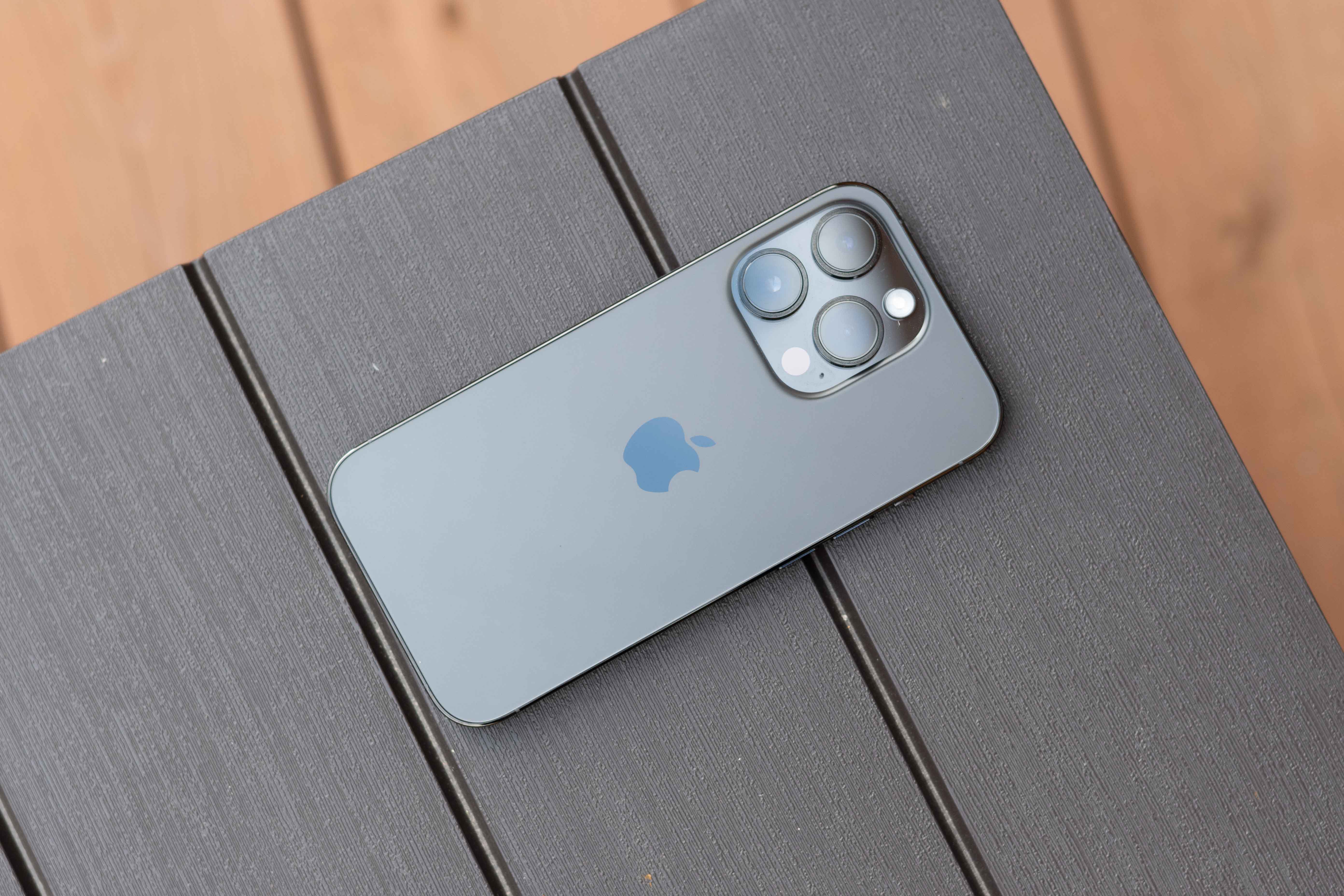
Camera
It has become a kind of tradition that Apple improves the camera of its iPhones year after year, and this year is no exception in this regard. All three lenses have received an upgrade, which now have larger sensors, thanks to which they are able to capture a greater amount of light and thus create higher quality, more detailed and more realistic photos. However, to be honest, I don't really feel the camera revolution this year - at least compared to last year. While last year we were happy about the macro mode, which (almost) everyone will appreciate, the biggest upgrade this year is the increase in the resolution of the wide-angle lens from 12MP to 48MP. However, there is, in my opinion, one huge catch, which I am not able to overcome even a week after unpacking the iPhone 14 Pro, and which I will try to explain to you in the following lines from the point of view of someone who, although he likes to take pictures, but at the same time is interested in simplicity and therefore does not need to sit at photo editors.
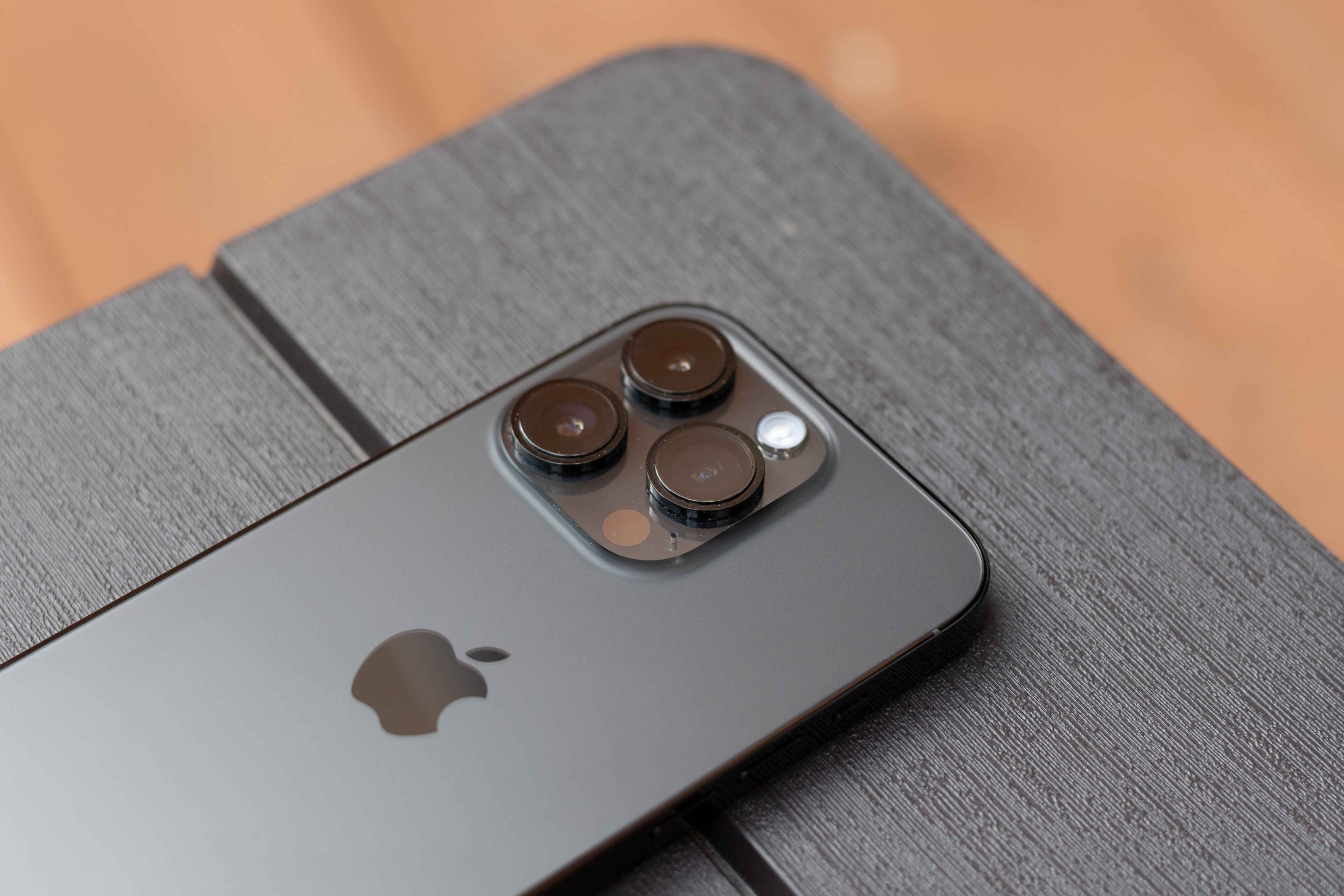
I'm quite a layman when it comes to photography, but from time to time I could use a photo with a higher resolution. Therefore, when Apple announced the deployment of a 48MPx wide-angle lens, I was very pleased with this upgrade. The catch, however, is that shooting up to 48 Mpx makes absolutely no sense to me, as it is only possible when the RAW format is set. Sure, it's absolutely ideal for post-production, but it's a nightmare for the average user, because it simply takes photos the way the camera "sees" the scene. So forget about additional software adjustments used to improve the image and the like - the iPhone doesn't do anything like that on photos in RAW, which means nothing other than that the photos in question don't have to be - and usually aren't - as nice as those that they are photographed in classic PNG. There is another problem with the format - namely the size. RAW as such is extremely demanding on storage, as one photo can take up to 80 MB. So if you like to take pictures, for 10 photos you are in for 800 MB, which is definitely not a little. And what if we add another zero - that is, 100 photos for 8000 MB, which is 8 GB. Quite a crazy idea for iPhones with 128GB of basic storage, isn't it? And what if I tell you that the possibility of compression from DNG (i.e. RAW) to PNG simply does not exist, or Apple does not offer it? I'm sure some of you will write to me about this, saying what good is high resolution if the image is compressed. All I can say about that is that I would rather have a compressed 48MPx image than a compressed 12MPx image. In short and well, don't look for any subtlety in it, there are millions of users like me in the world and it's a shame that Apple couldn't completely satisfy us, although I secretly hope again that we're only dealing with a software thing here that will be fine-tuned in the future software.
Shooting in RAW is somewhat problematic also from the point of view of fast shooting. Processing a photo in this format takes significantly longer than "clicking" to PNG, so you have to count on the fact that after each press of the shutter you have to give the phone a good three seconds to process everything as needed and let you go to create next frame, which is sometimes annoying. Another trick is the fact that you can shoot in RAW only in good lighting conditions and without any zoom. And when I say "without any", I really mean without any. Even a 1,1x zoom will disrupt RAW and you will shoot in PNG. However, in order not to splurge, I must add that if you start shooting on RAW and don't want to mess around with adjustments on the computer afterwards, you can also get pretty solidly edited (colored, brightened, etc.) in the native editor on the iPhone after selecting automatic adjustments ) photos that will be enough for many. Of course, there is still the size factor, which is simply indisputable.
Although the upgrade to the wide-angle lens is by far the most interesting thing about this year's camera, the truth is that the ultra-wide and telephoto lenses are also worth paying attention to. Apple has let it be known that all lenses have larger sensors that are able to absorb more light and therefore take better photos in low light conditions. On this account, however, it is appropriate to add that the aperture of the ultra-wide-angle lens deteriorated on paper, and the aperture of the telephoto lens did not move either down or up. But don't let that fool you. According to Apple, photos should be up to 3x better year-on-year with the ultra-wide-angle lens and up to 2x better with the telephoto lens. And what is the reality? To be honest, the photos are actually better. However, if they are better 2x, 3x, 0,5x or perhaps "other times" I am not completely able to judge, because of course I don't know Apple's metrics. But what I have noticed from taking pictures in the last few days, I would say that the photos in the dark and in the gloom are rarely two or three times better. They are more detailed and generally more believable, but don't expect an outright revolution from them, but rather a fairly decent step forward.
When I've already tasted believability in the previous paragraph, I can't help but go back to the wide-angle lens for a few more moments. It seems to me that the iPhone 14 Pro takes photos more believably than the iPhone 13 Pro and other older models, or if you prefer, with an emphasis on realism. However, the apparently great news has a small catch - believability is sometimes not equal to liking, and photos from older iPhones sometimes look better in a direct comparison, at least in my opinion, because they are more software-edited, more colorful and, in short, nicer to the eye. It's not a rule, but it's good to know about it - all the more so because while the photos from the older iPhones aren't visually prettier, they're very, very close to those from the iPhone 14 Pro.
It could be interest you
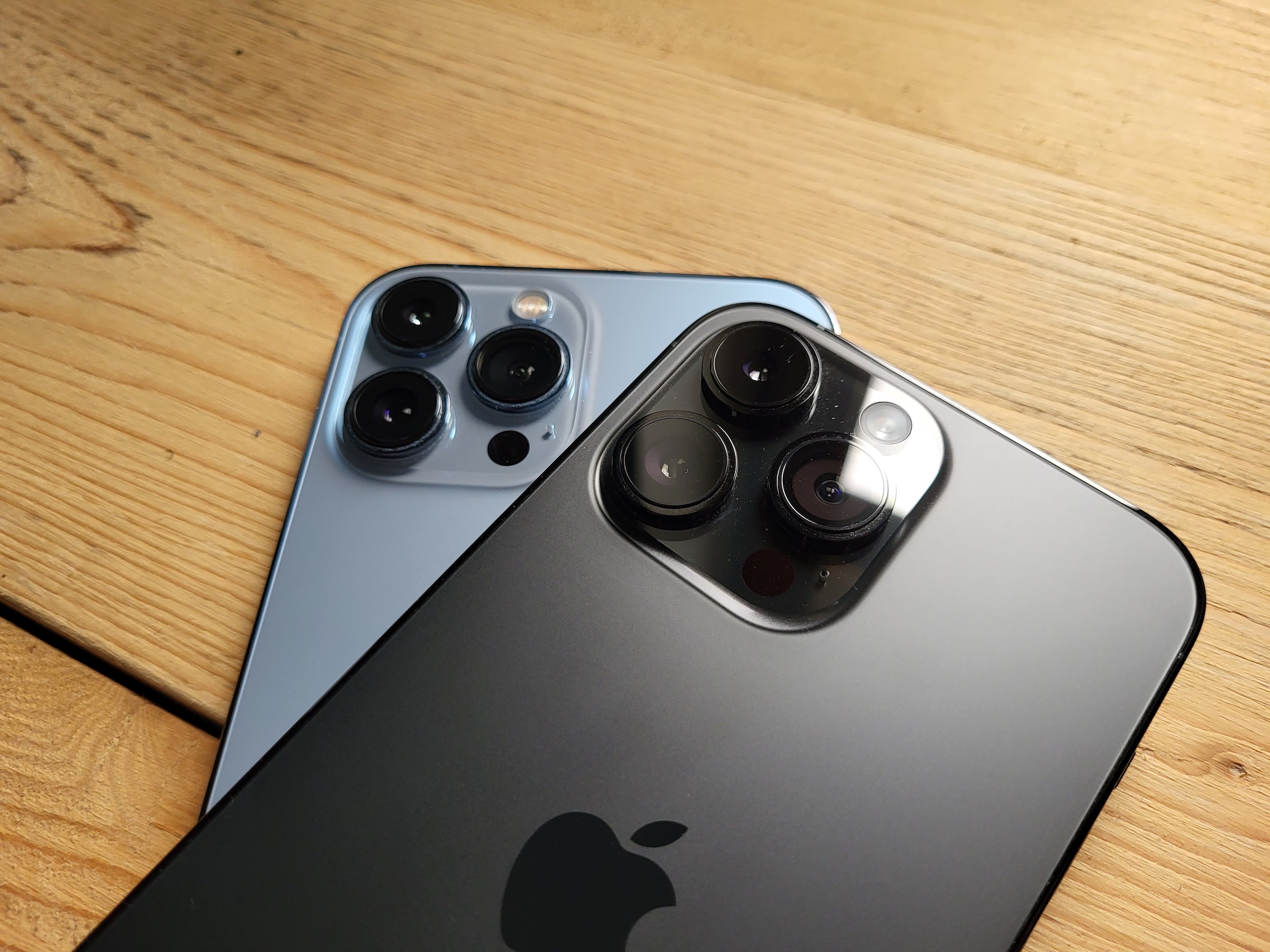
As for video, Apple has also worked on improvements this year, the most interesting of which is without a doubt the deployment of the action mode, or Action Mode if you prefer, which is nothing more than a very decent software stabilization. It is very important to emphasize the word "software" here, because because everything is handled by software, the video sometimes contains small glitches, which simply reveal that it is not completely kosher. However, this is not the rule, and if you manage to capture a video without them, you are in for a lot of fun. The same in pale blue can also be said for the improved Cinematic Mode, which Apple introduced last year as a mode capable of refocusing from one subject to another and vice versa. While last year it only ran in Full HD, this year we can finally enjoy it in 4K. Unfortunately, in both cases, I feel like it's exactly the type of feature that you subconsciously need to have, but once you have it, you'll use it a few times in the first few days of owning a new iPhone, and then you'll never even sigh about it again. – that is, at least, if you are not used to shooting on iPhones in a big way.
Battery life
The deployment of the 4nm A16 Bionic chipset in combination with the software and hardware drivers of the Always-on display and, by extension, other elements of the phone resulted in the iPhone 14 Pro not getting worse year-on-year despite Always-on, and what's more, according to Apple's official specifications improved. I admit that it is very difficult for me to compare this particular thing with last year, because I switched from the iPhone 13 Pro Max, which is somewhere else in terms of durability, thanks to its size. However, if I had to evaluate the endurance from the point of view of an unbiased user, I would say that it is average, if not slightly above average. With more active use, the phone will last you just fine for a day, with more moderate use you can get a solid day and a half. But I have to add in one breath that there are things here that I don't quite understand. For example, I don't understand why my phone drains by a good 10% overnight, even though there shouldn't be much going on, just as I don't care how brutally power-hungry the camera is. Yes, as part of the review, I gave it a more "whisper" than usual, because I rarely take dozens of photos "in one go", but I was still surprised that I was in a photo shoot lasting several tens of minutes, at most one or drained the phone by more than 20% in two hours. However, processing photos requires some energy, especially if you want to "flash" something here and there in RAW.
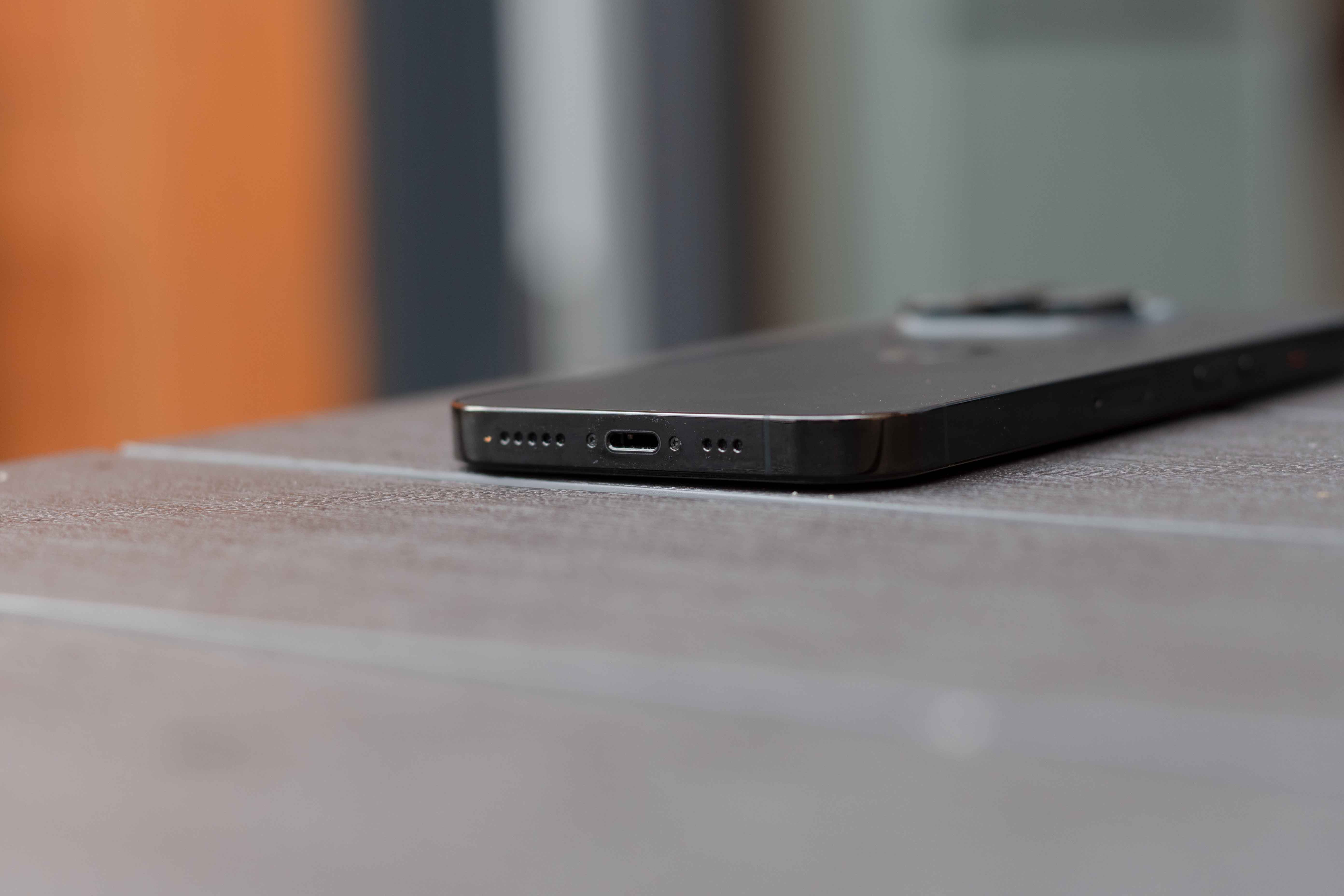
Other news worth talking about
Although Apple didn't reveal much about other news at the Keynote, during testing I came across, for example, the fact that the speakers sound a little better than last year, both in terms of the bass component and in general in terms of the "liveliness" of the music. Better, for example, is the spoken word or a microphone system that picks up your voice a little better than what we've been used to. All of these are just small steps forward, but each such small step is simply pleasing, just as the faster 5G is pleasing. However, since I don't live in an area with its coverage, I've only had a chance to try it out in one of my work meetings, so I honestly can't say how useful the acceleration is. But to be honest, given that the vast majority of people are fine with LTE, you'd probably have to be a solid geek to appreciate that speed.
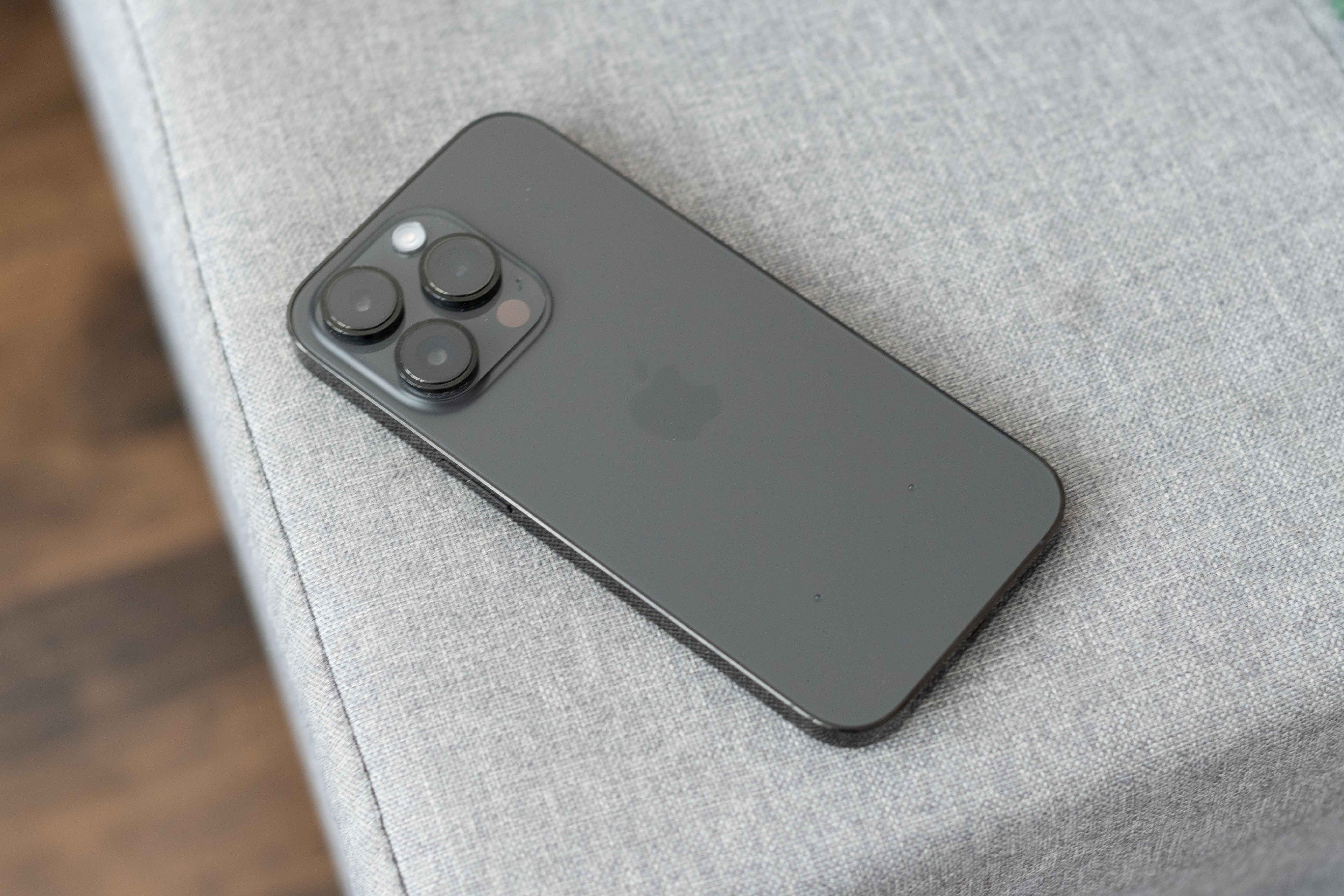
Summary
From the previous lines, you can probably feel that I am definitely not completely "boiled" by the iPhone 14 Pro, but on the other hand, I am also not completely disappointed. In short, I see it as one of the many evolutionary steps we have witnessed in recent years. However, it seems to me that this time the step is a little smaller than it was with the iPhone 13 Pro last year, because I felt that it simply brought a lot more things to ordinary people. After all, ProMotion will be appreciated by practically everyone and the macro photos are also great. However, 48MPx RAW is not for everyone, Dynamic Island is quite debatable and time will show its potential and Always-on is nice, but for now it can be talked about in the same way as Dynamic Island - that is, time will show its potential.
And it is precisely with the size, or perhaps rather the smallness of this year's evolutionary step forward, that the question of who this iPhone is actually for is constantly swirling in my head. To be completely honest, if it cost the same as last year at 29 thousand in the base, I would probably say that actually for all existing iPhone owners, because its price is still quite justified considering what it brings and when switching from a year-old iPhone to 14 Pro (Max) your wallet won't cry that much. However, when I take into account how much the news costs, I have to say quite frankly that I would only recommend switching from 13 Pro to die-hards or people who can appreciate the new features. In the case of older models, I would think a lot about whether the functions of the 14 Pro make sense for me, or whether I can't make do with just the still great iPhone 13 Pro. I'm a heartthrob, but I'll admit frankly that the new iPhone 14 Pro didn't appeal to me enough to justify their price to myself (regardless of inflation), so I solved the transition in a somewhat Solomonic way by going from the 13 Pro Max switched to the 14 Pro and really just to get a new iPhone as cheaply as possible. Therefore, reason plays perhaps the biggest role in the purchase this year in the last few years.
 Flying around the world with Apple
Flying around the world with Apple 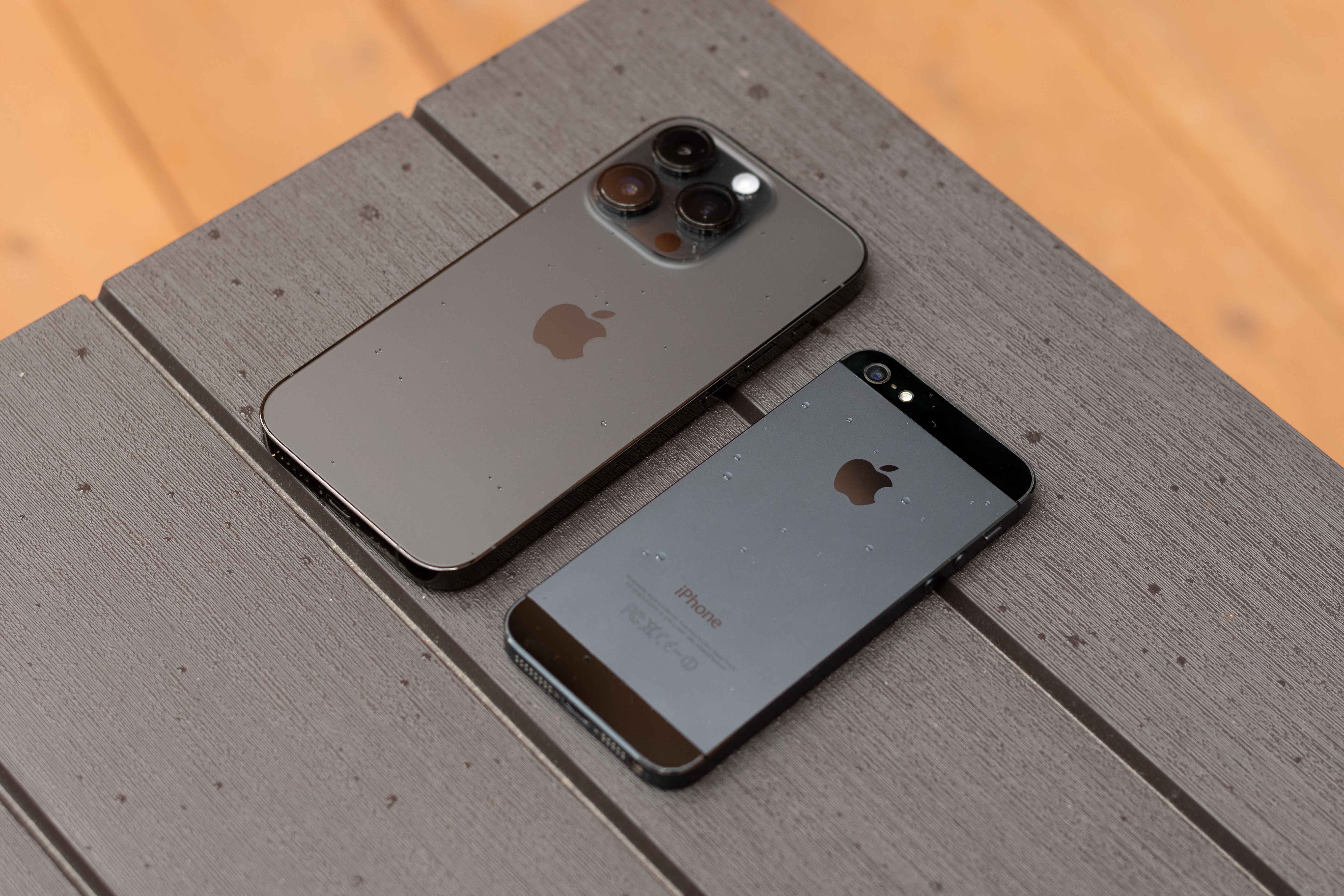
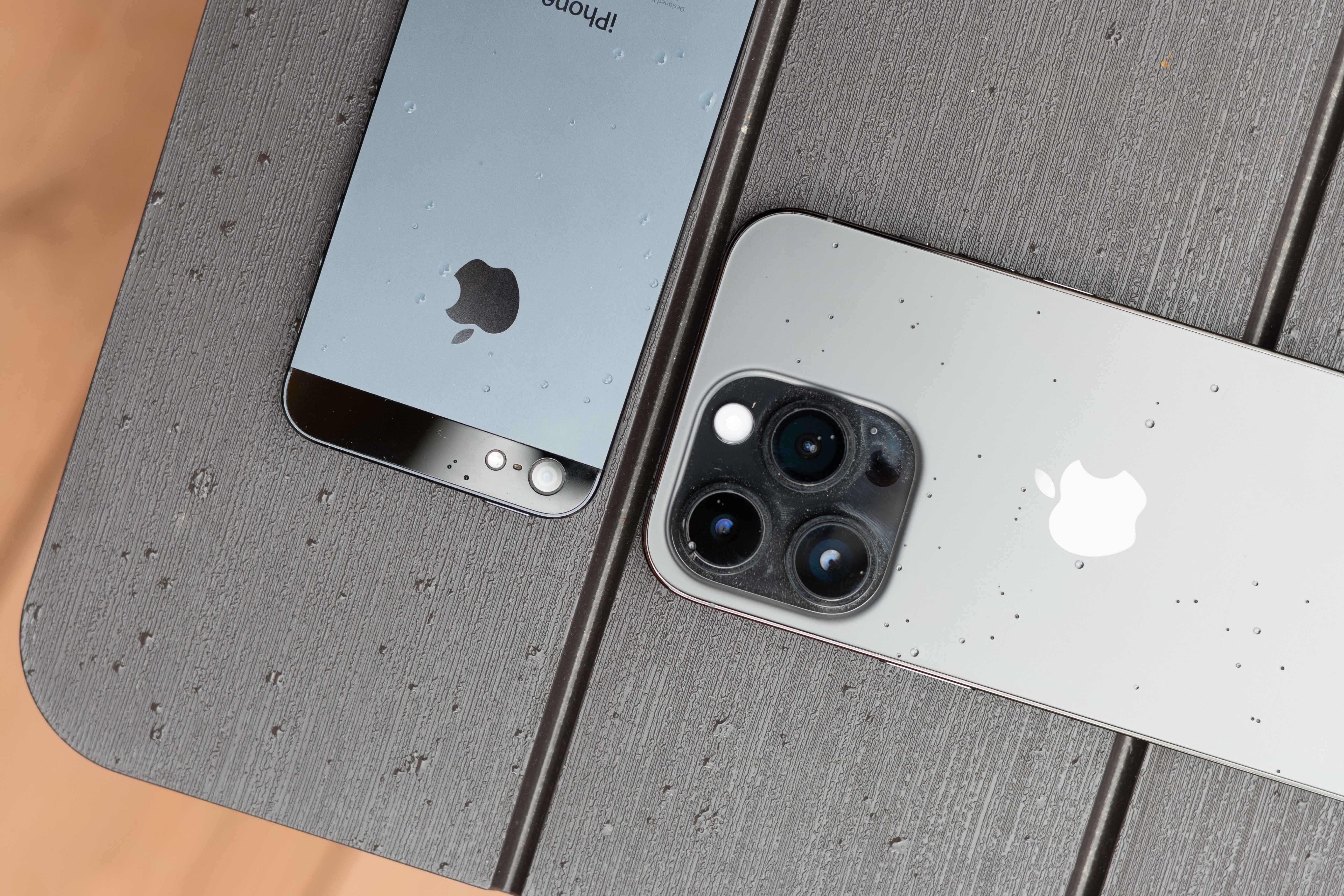
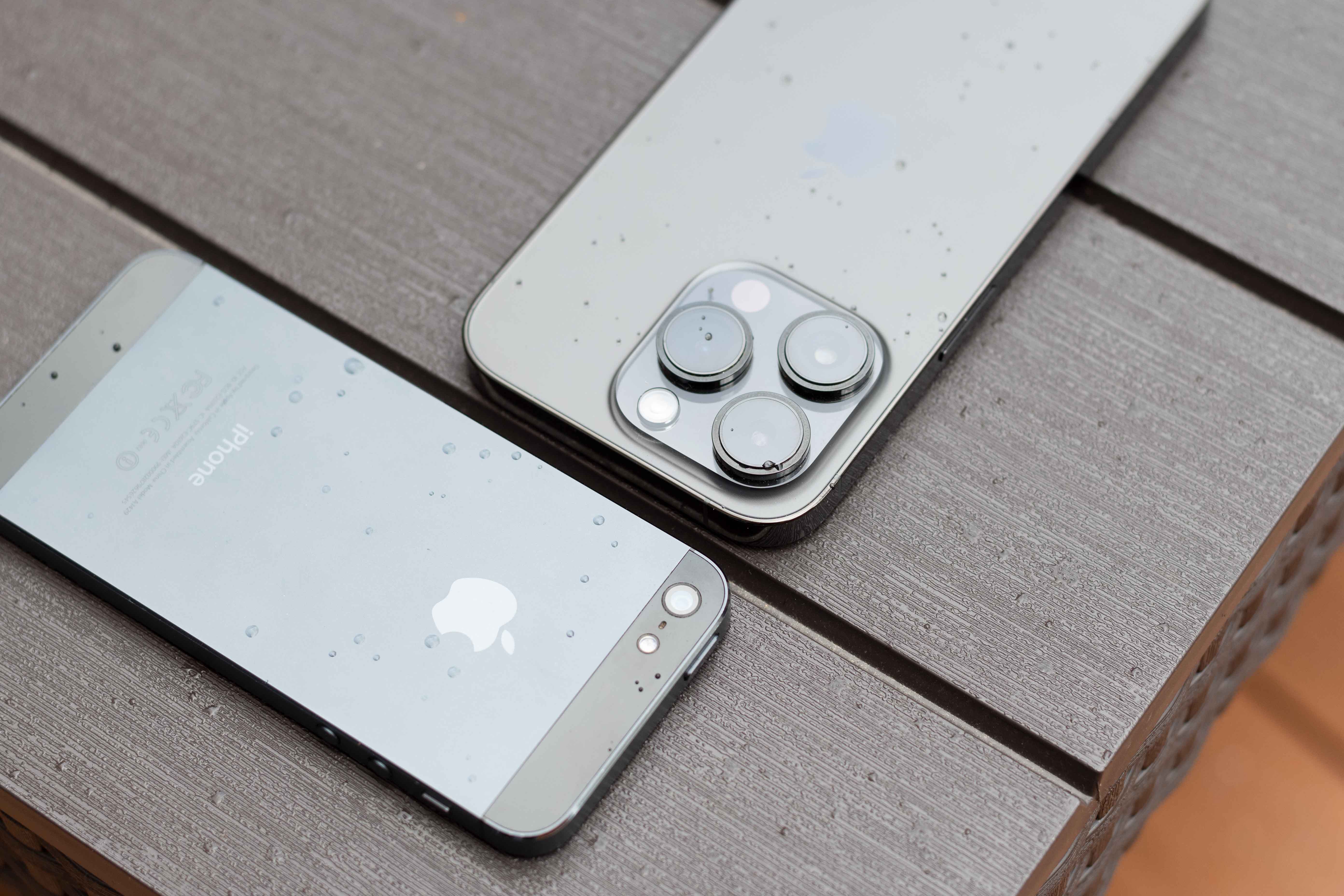
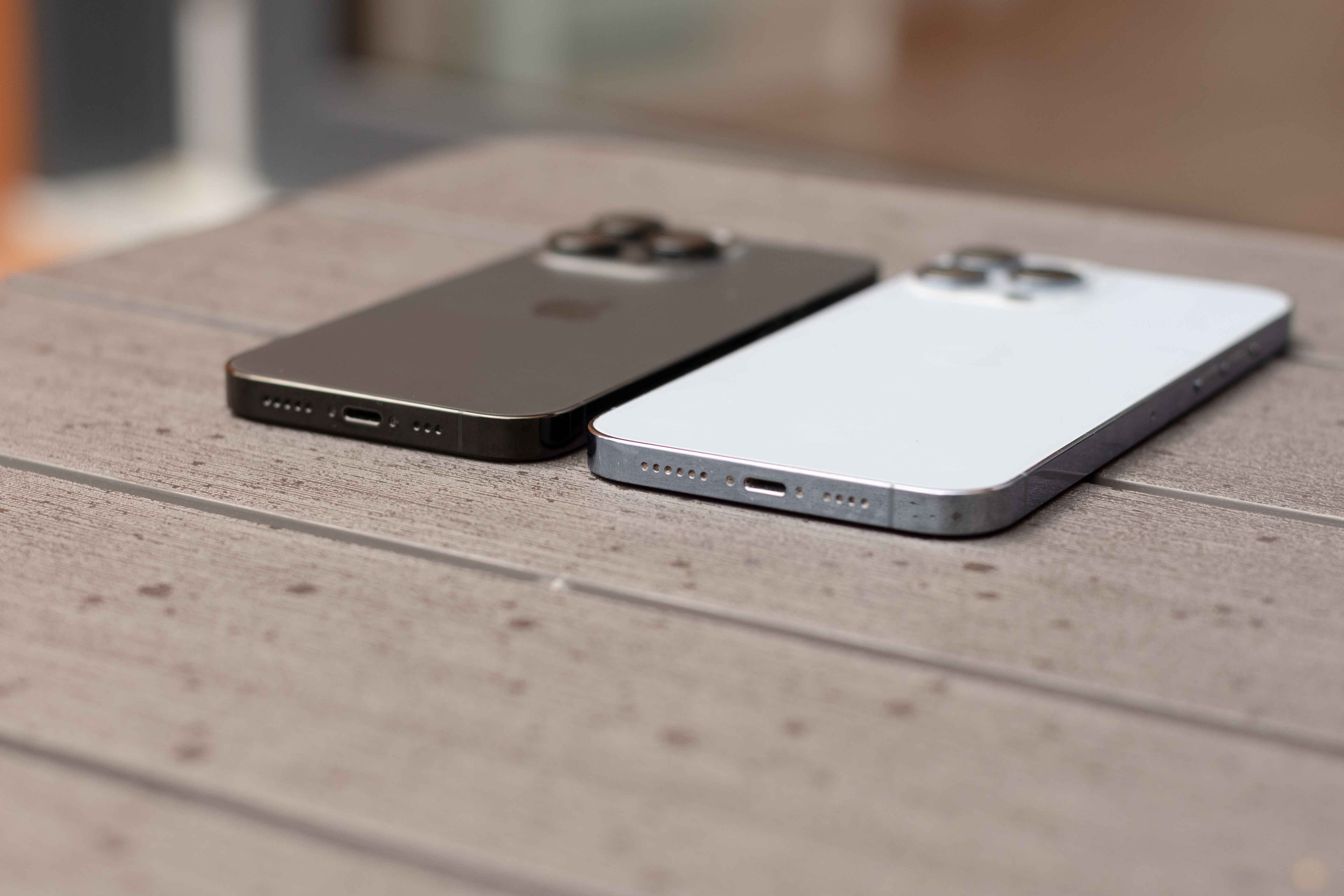


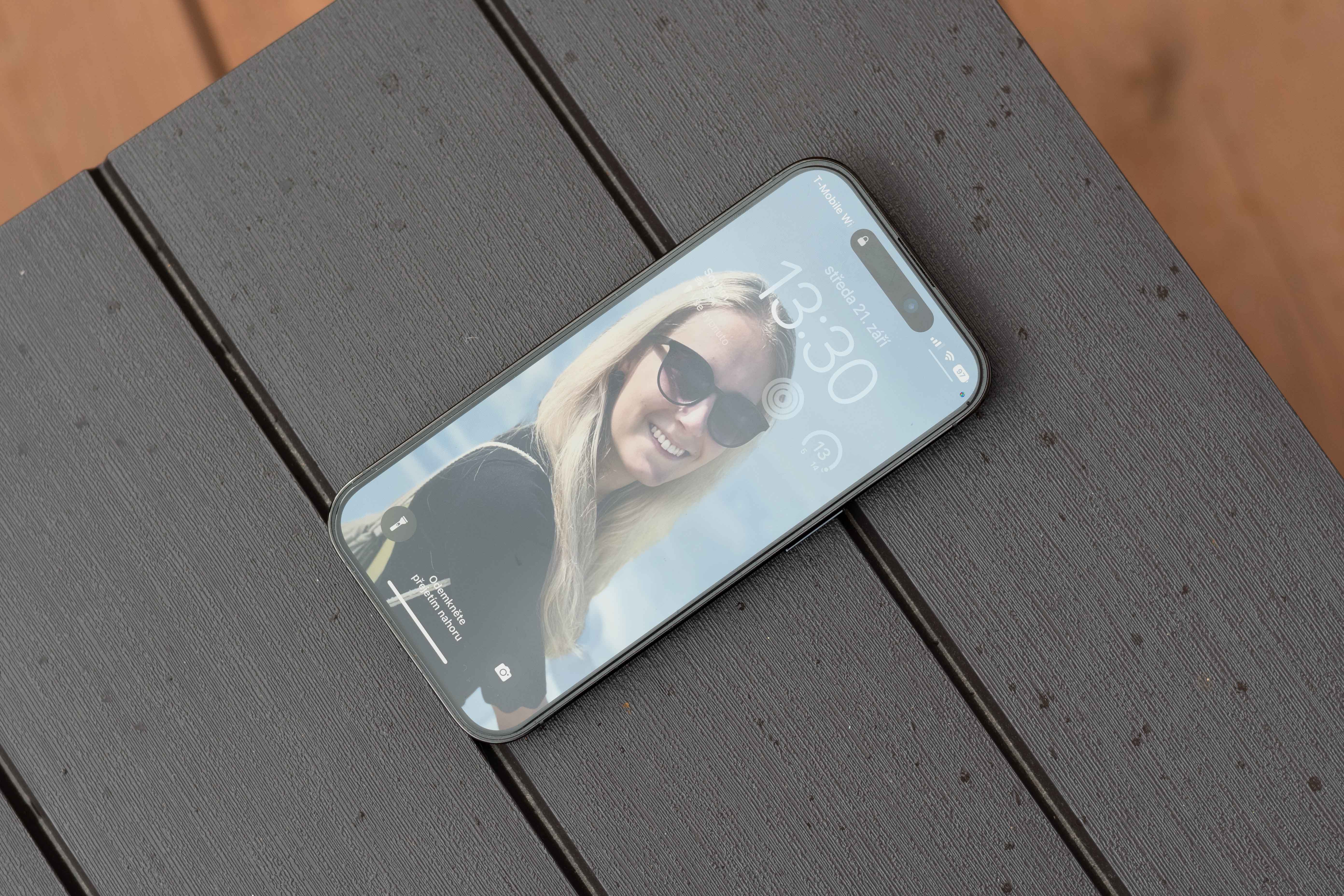
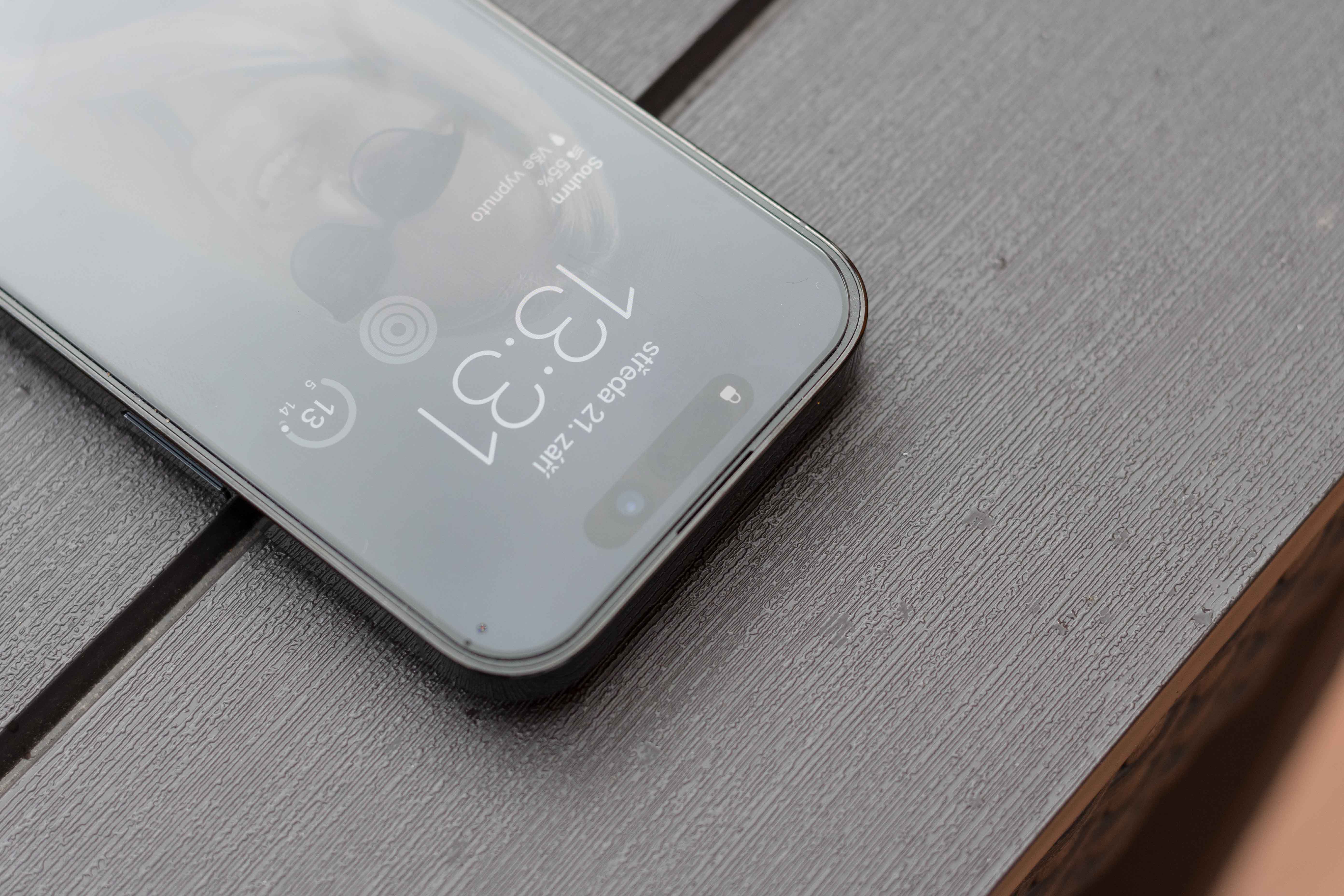
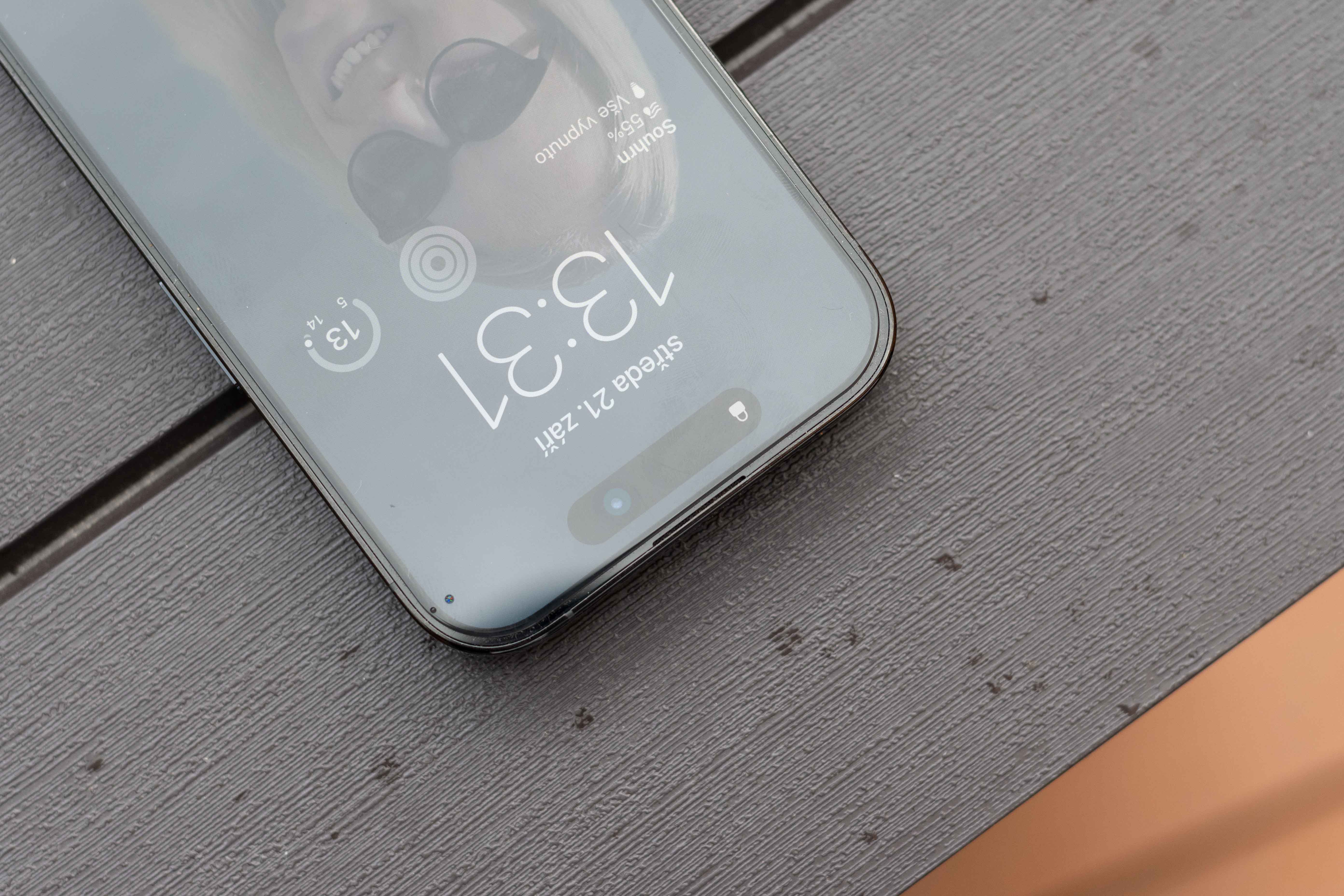
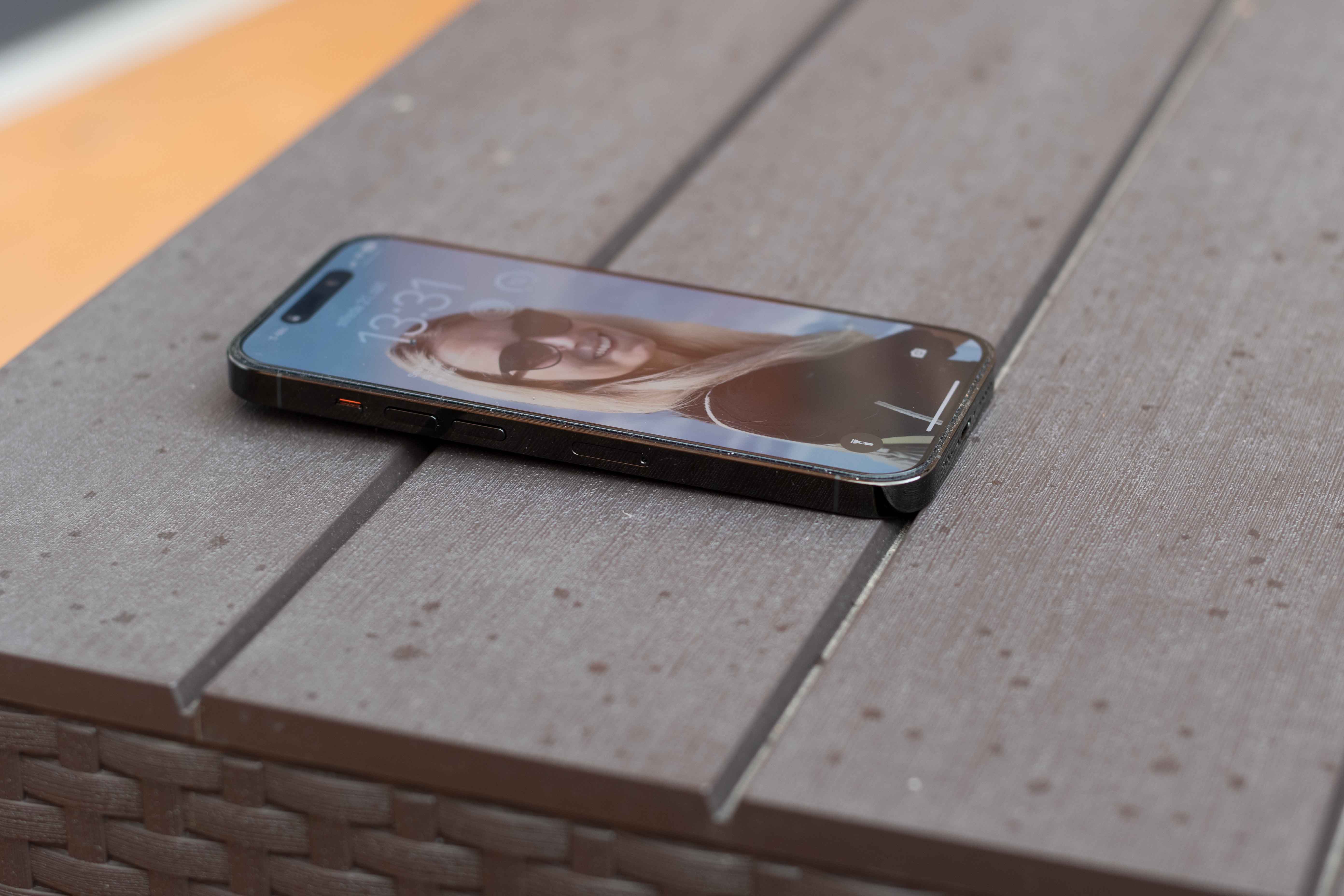
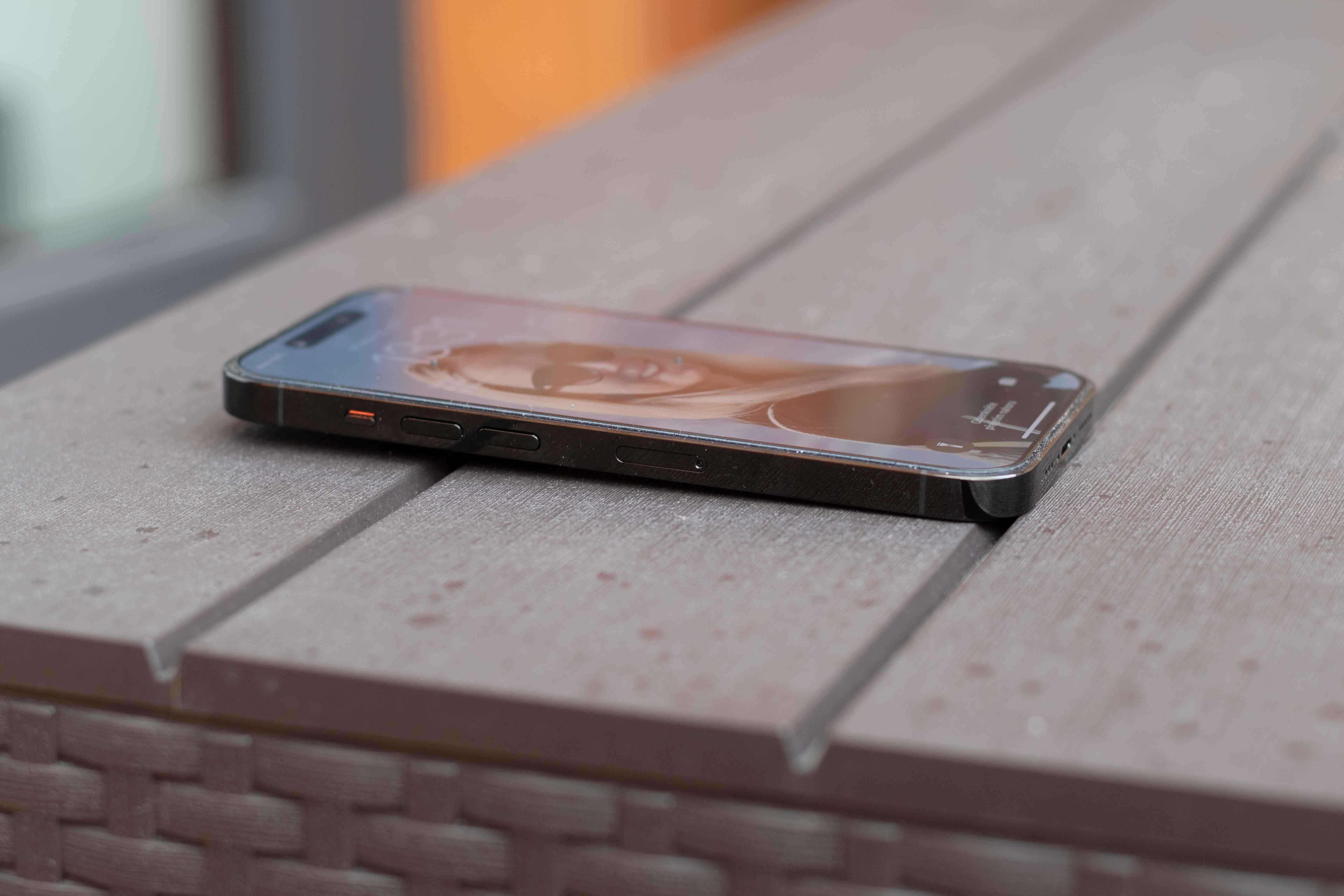
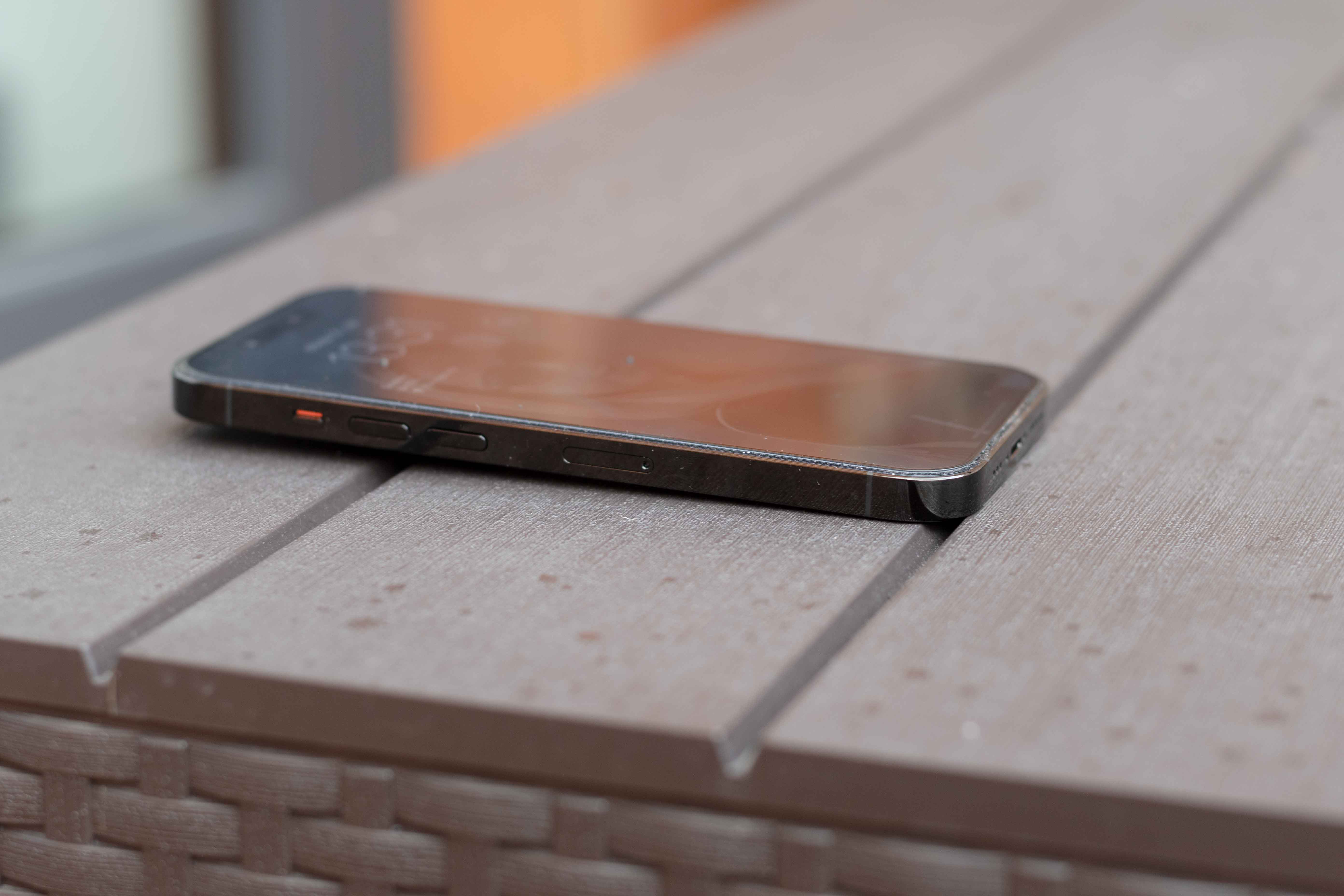
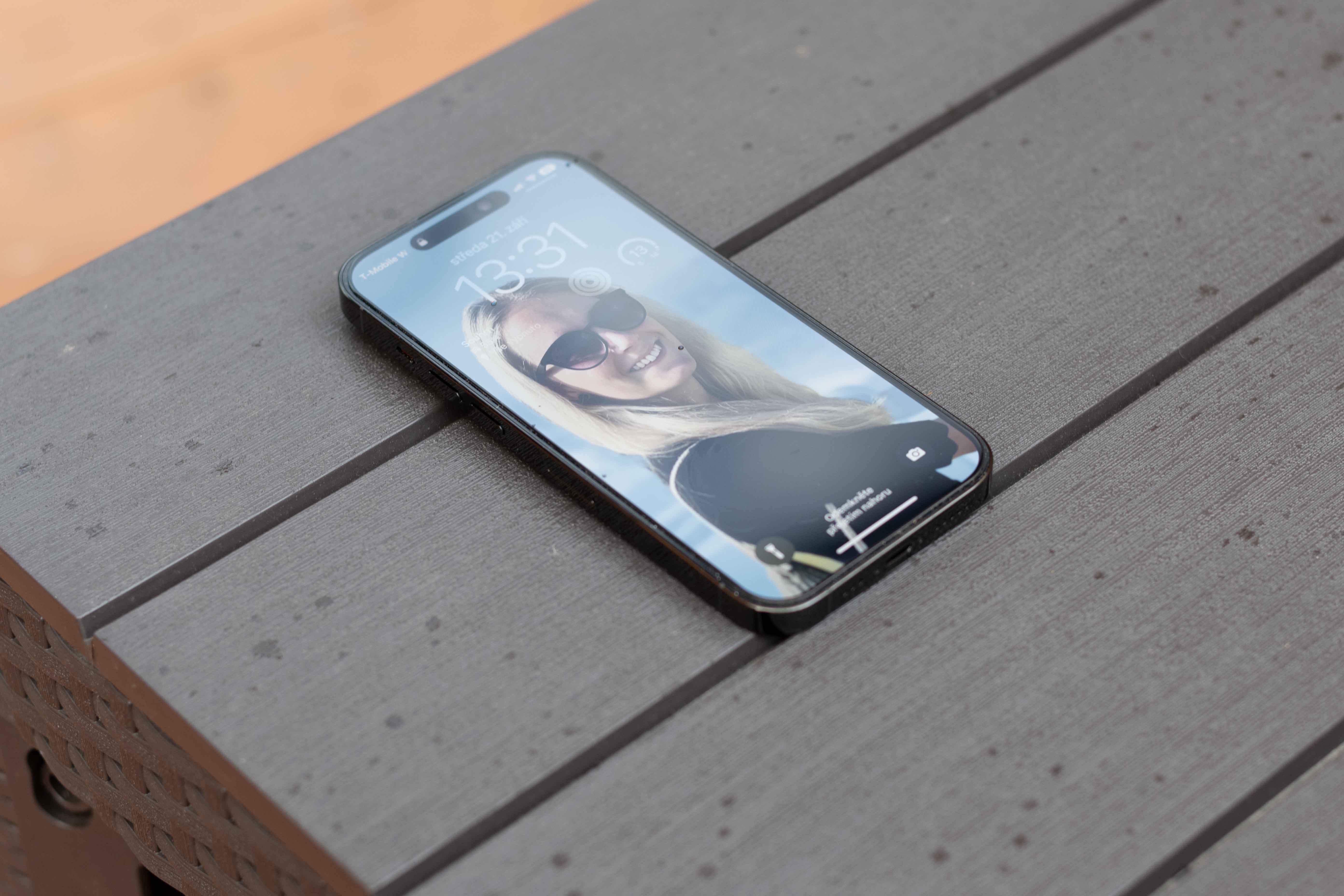

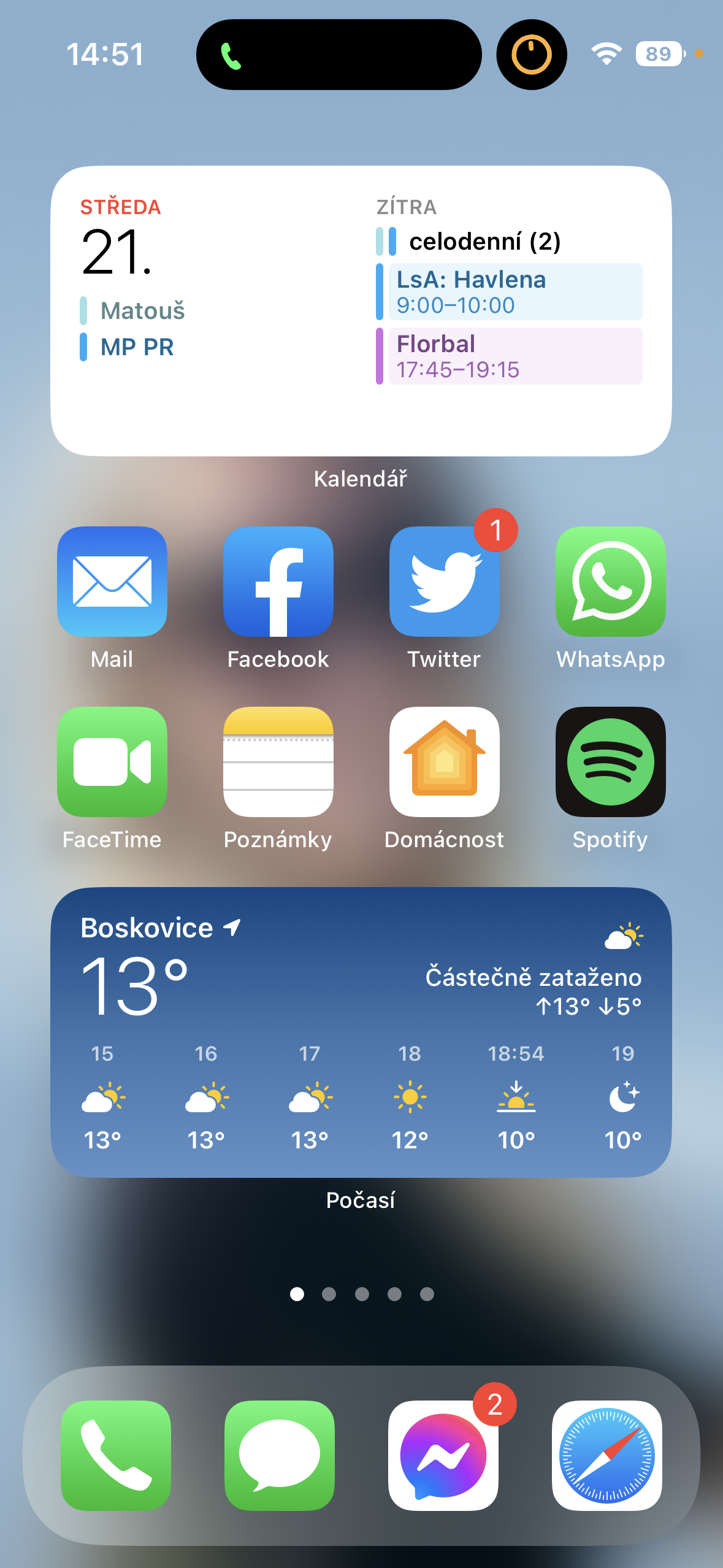
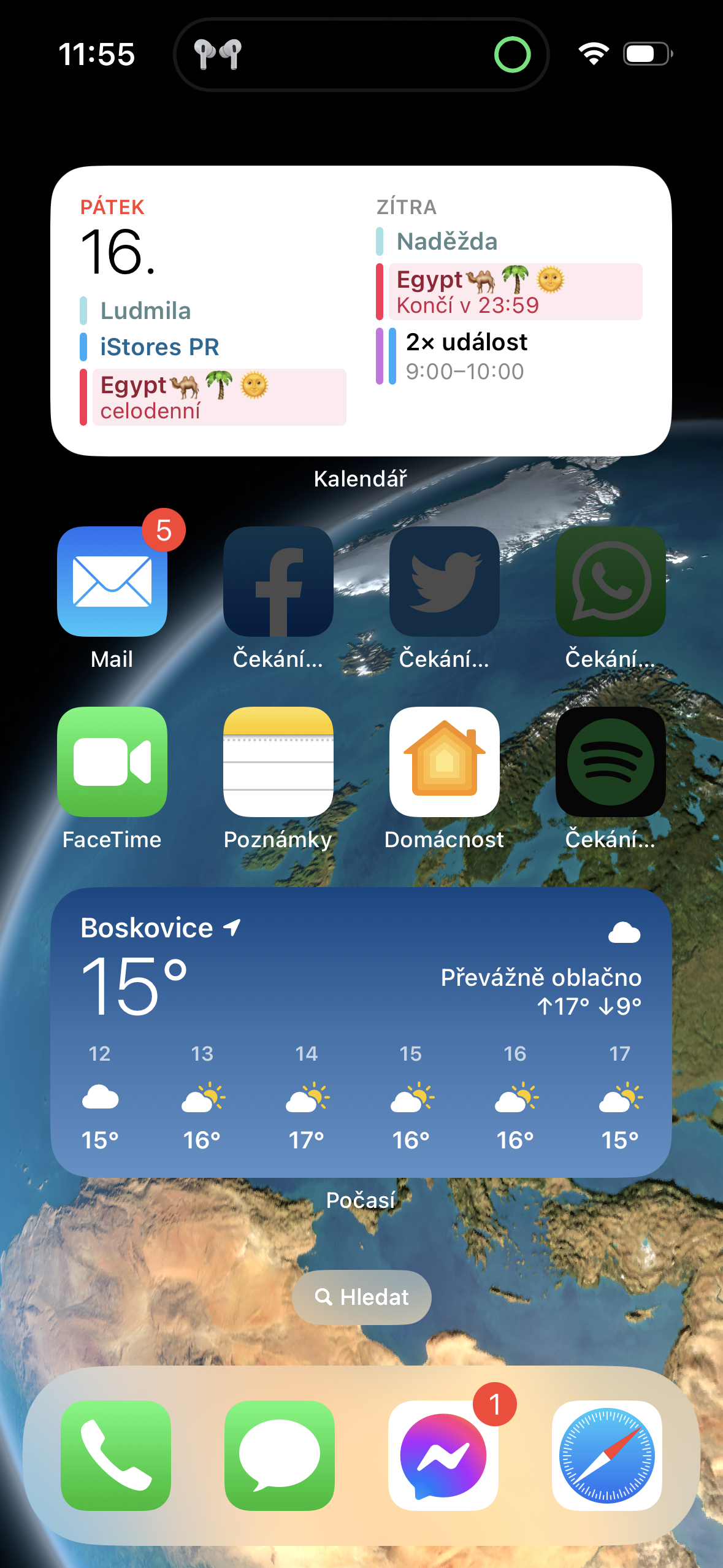
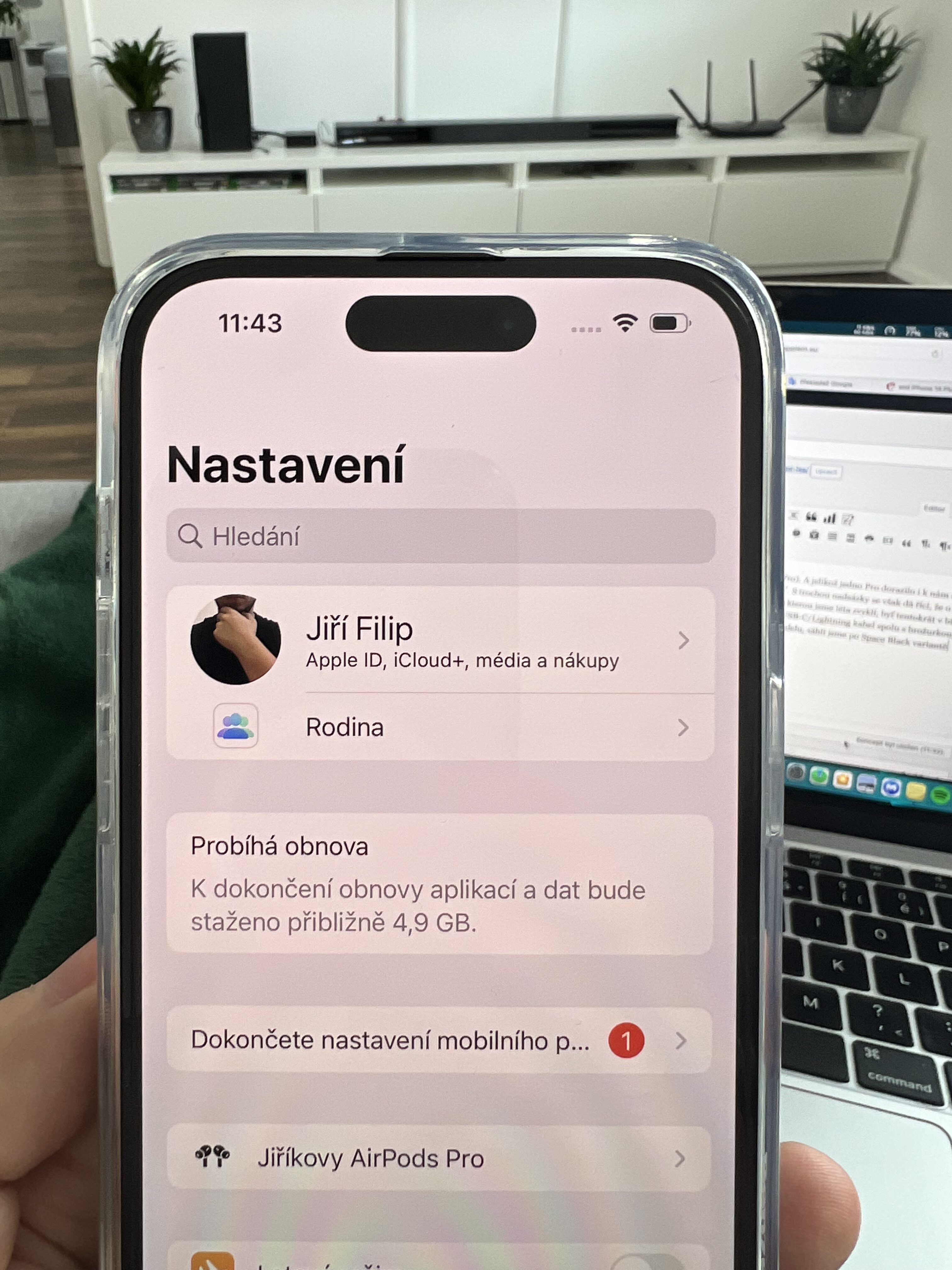
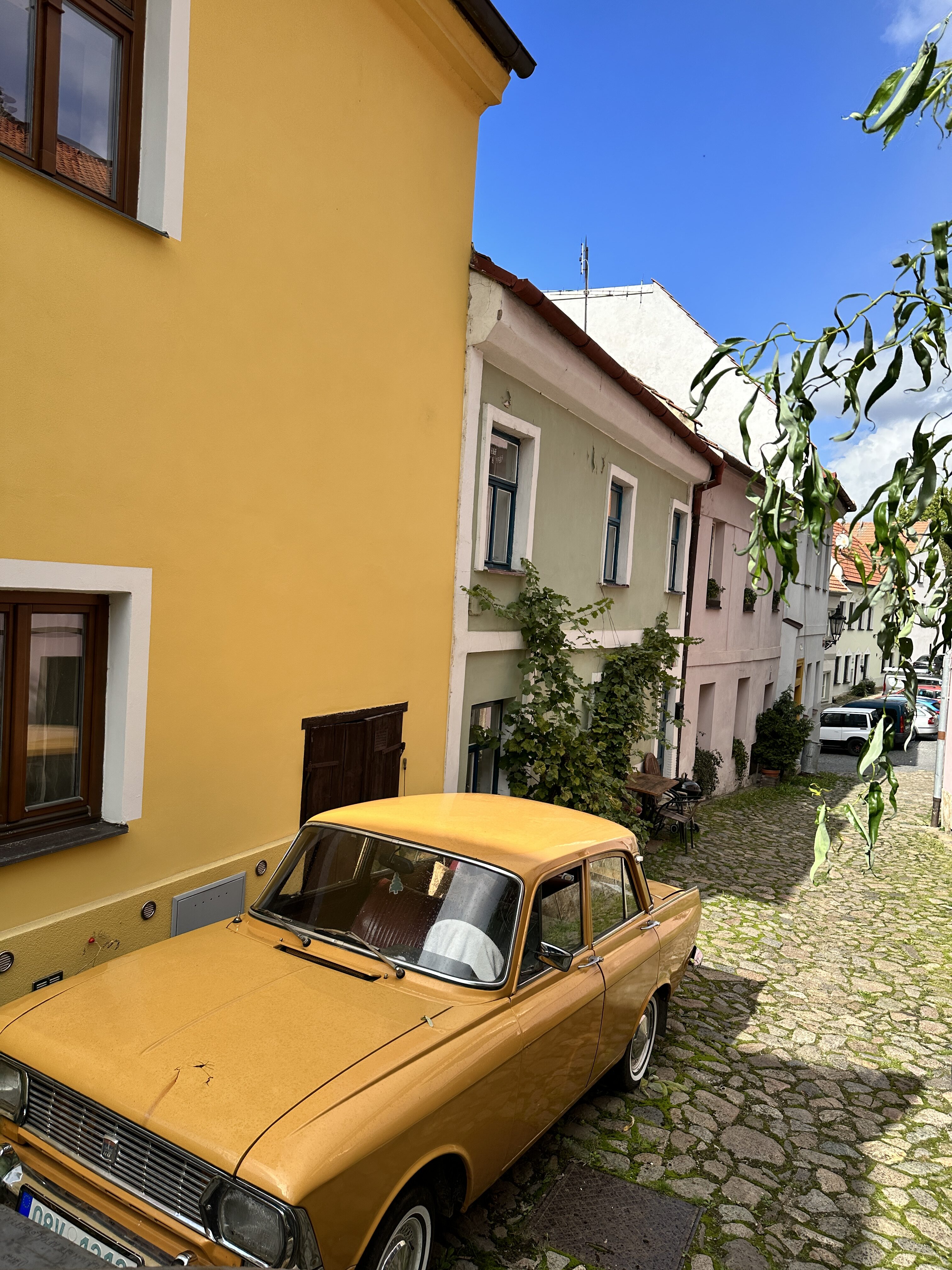
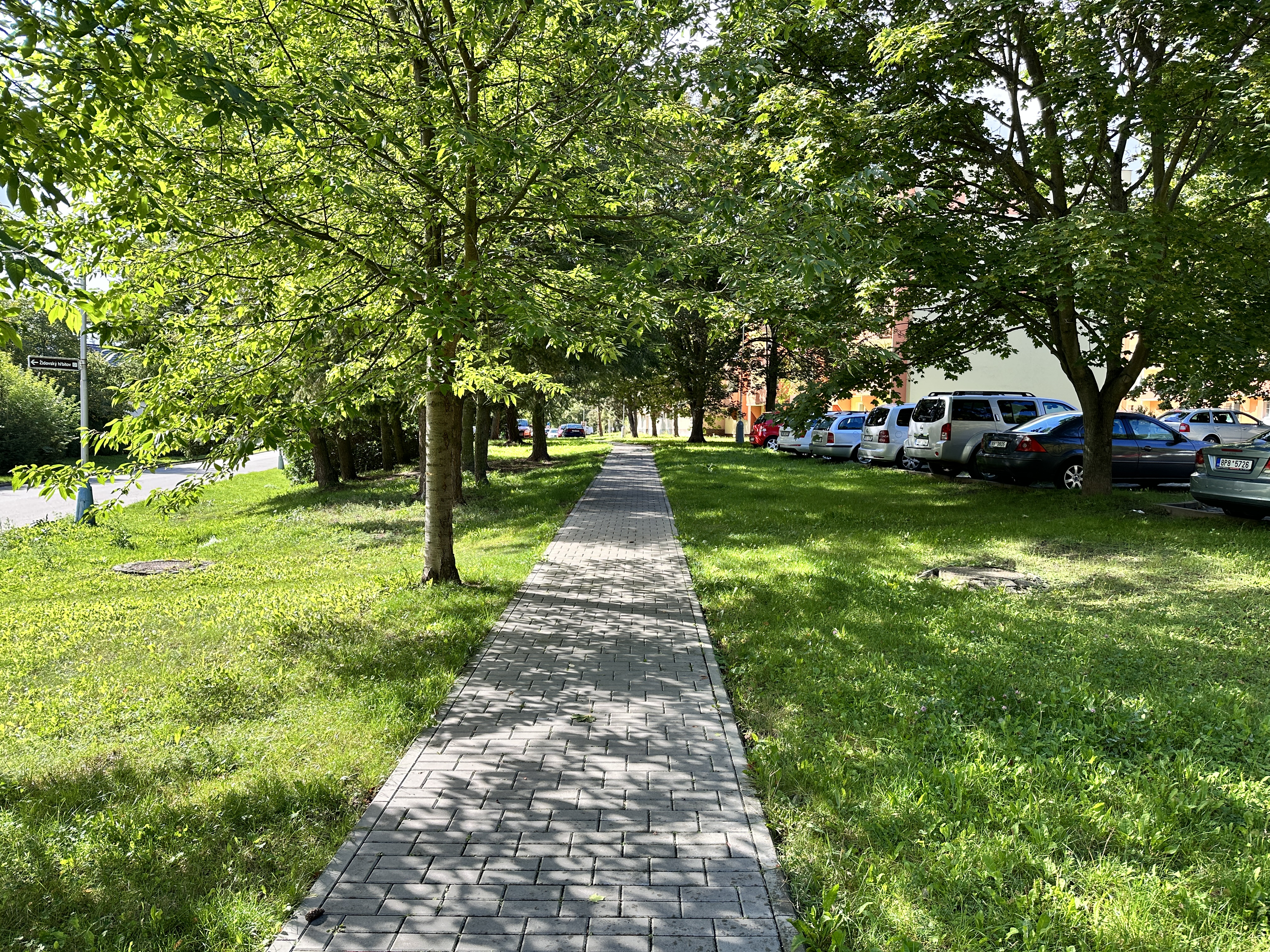

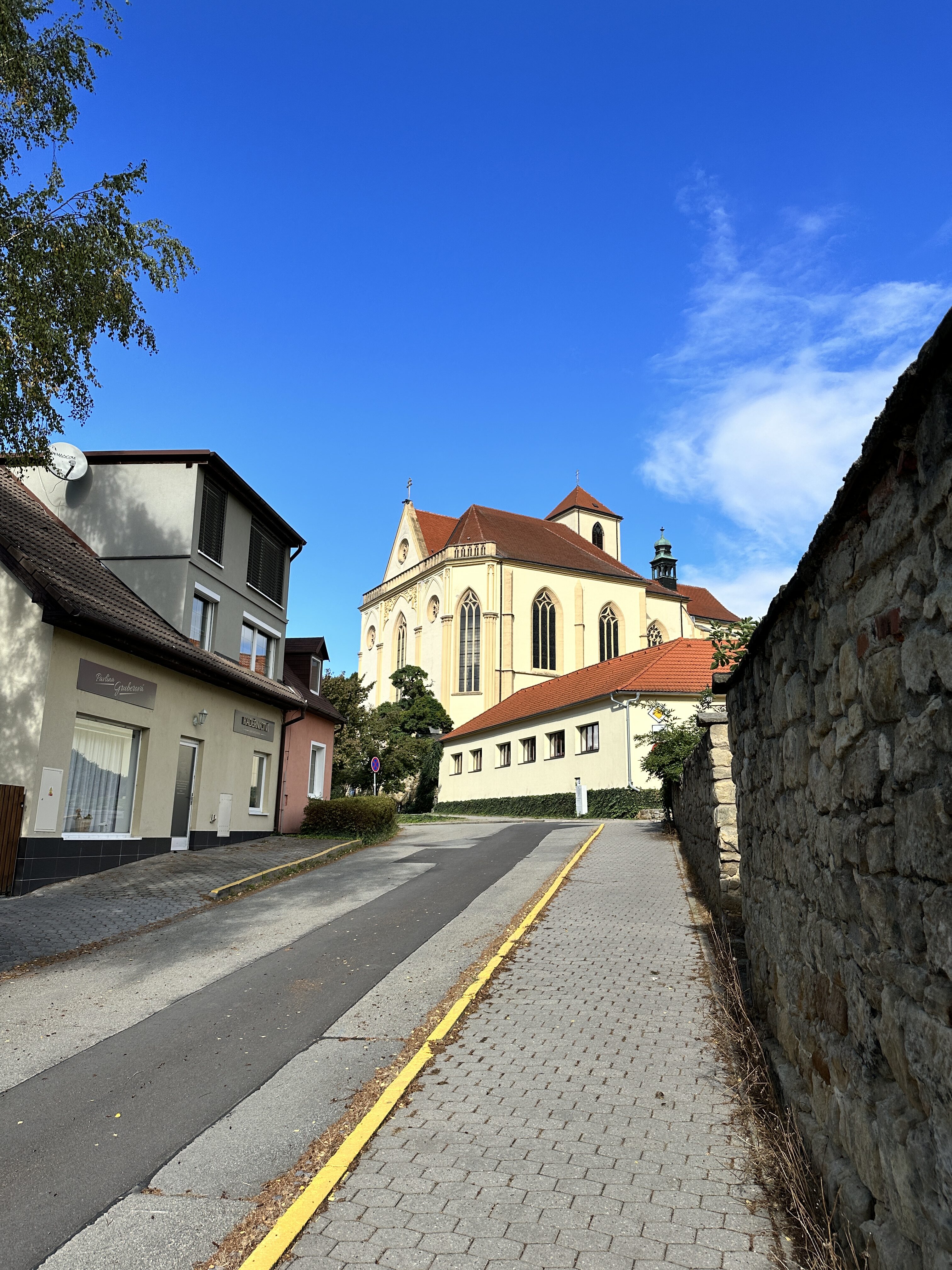





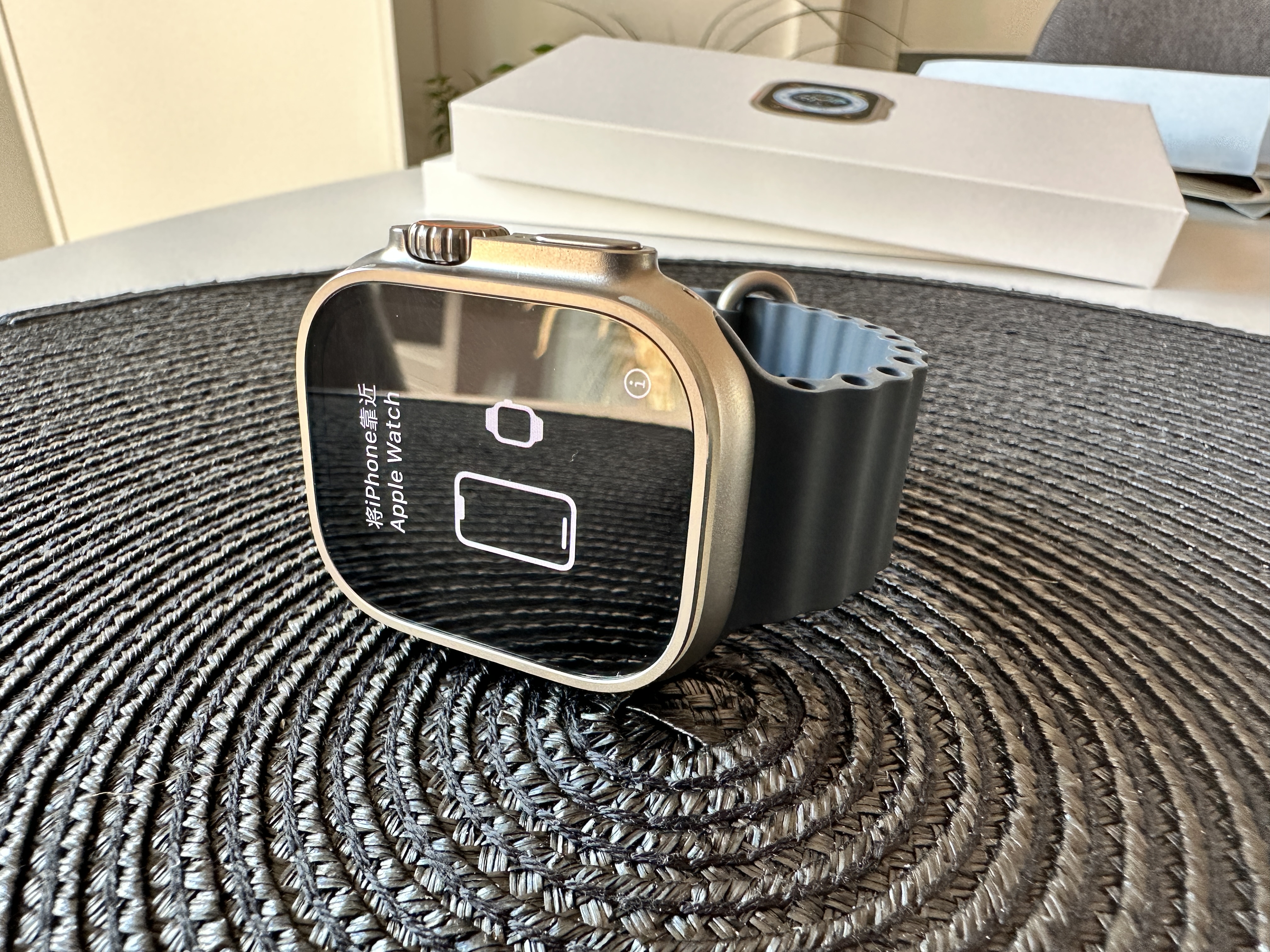
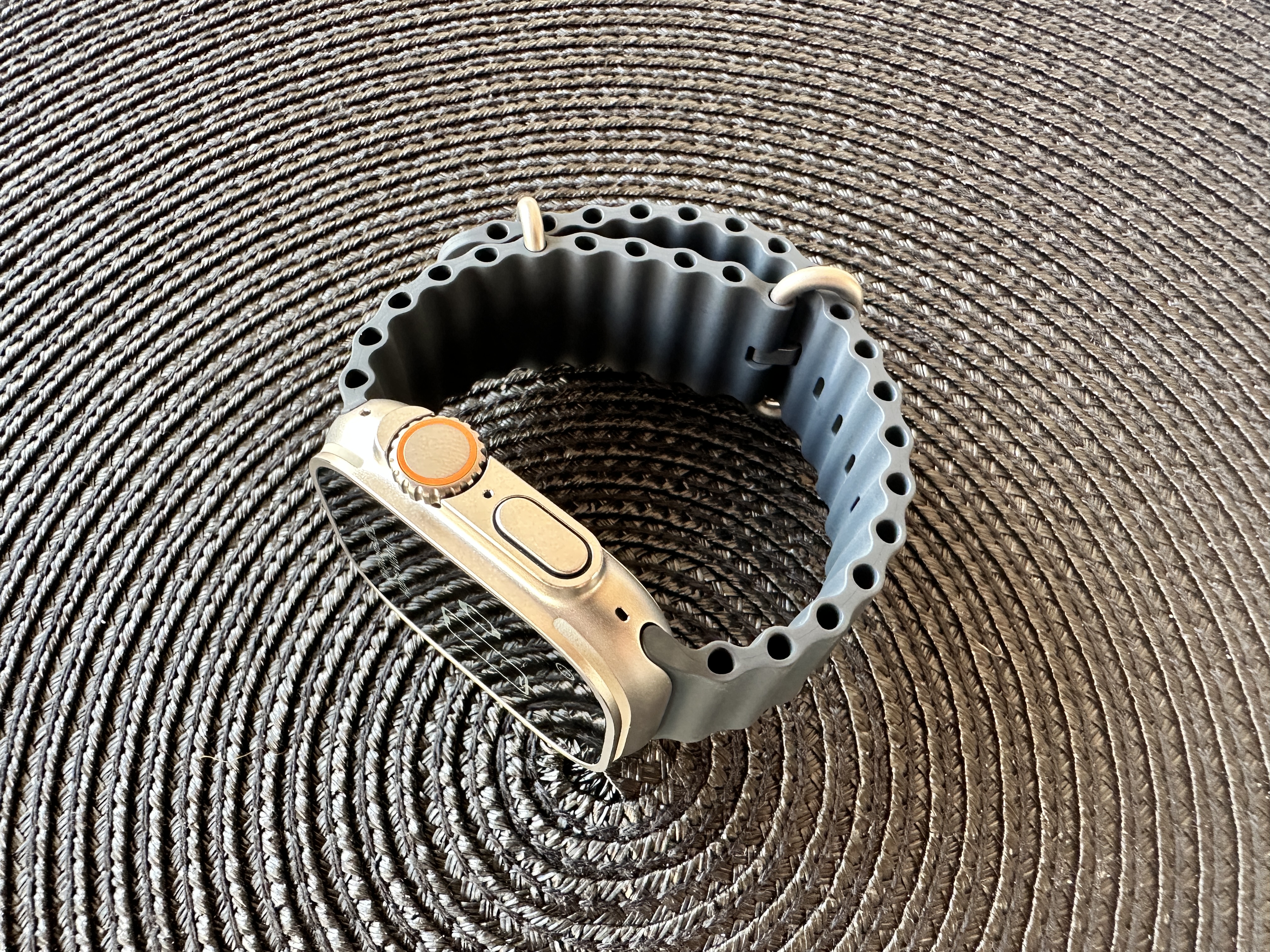
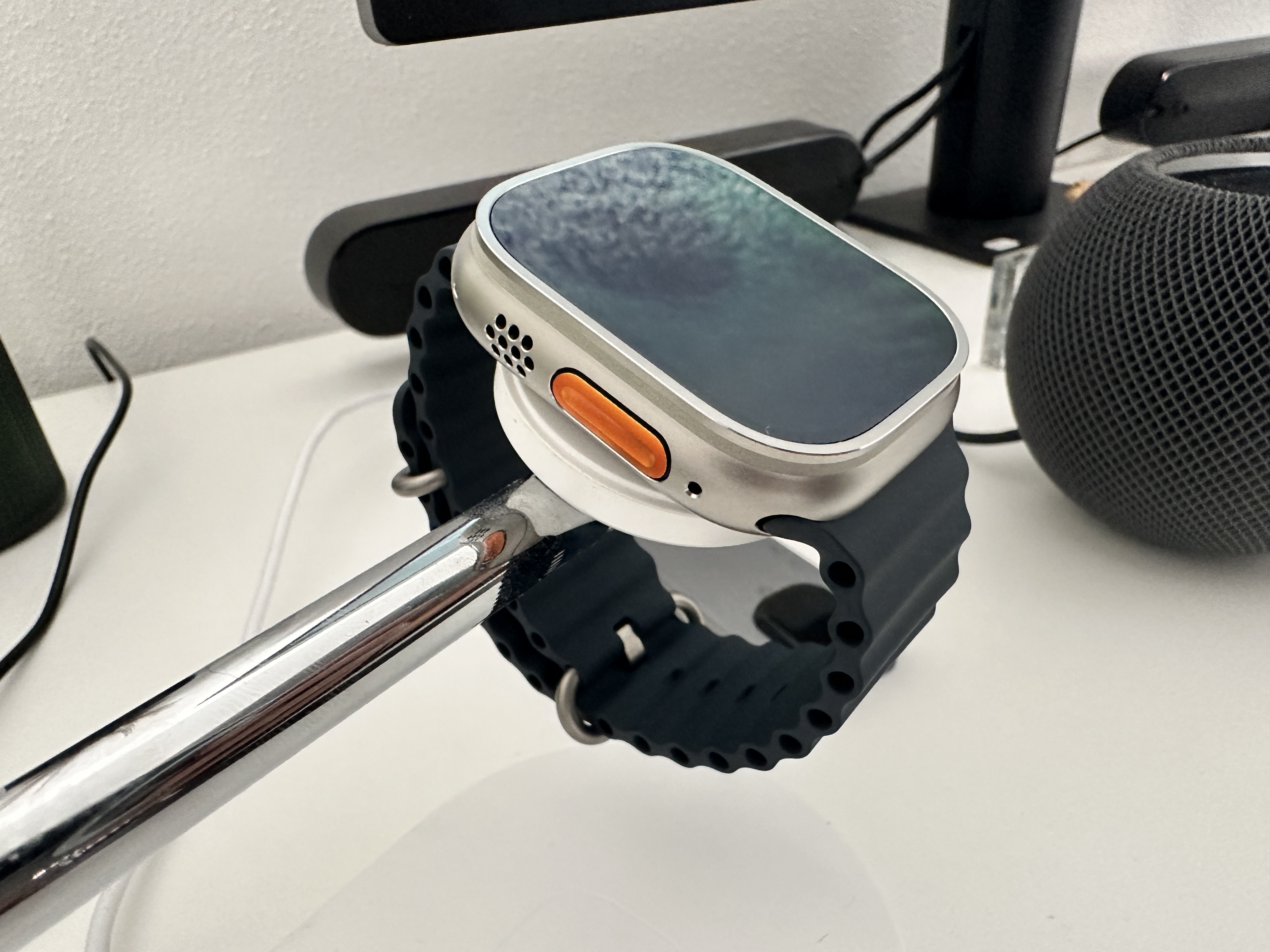
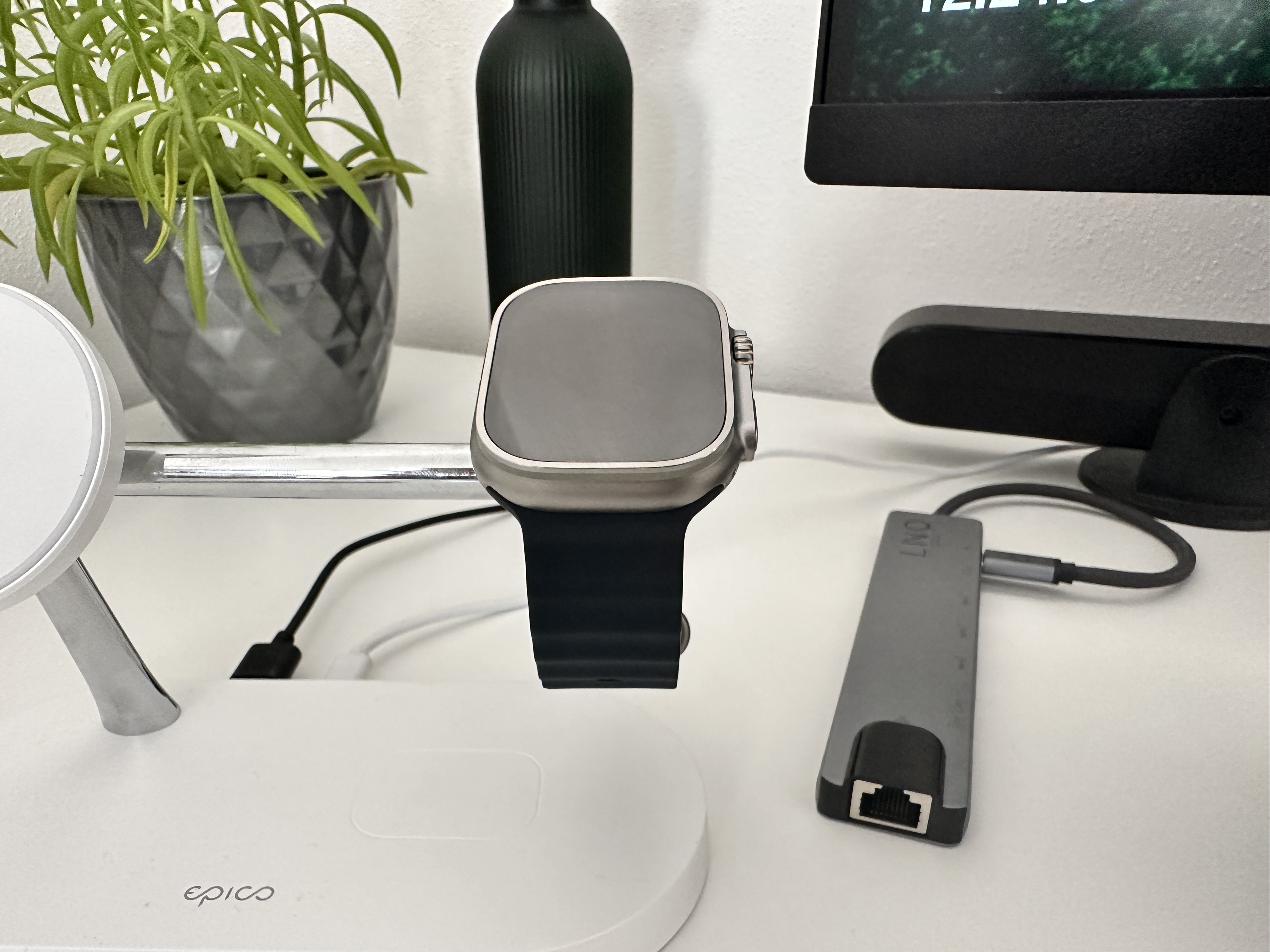



















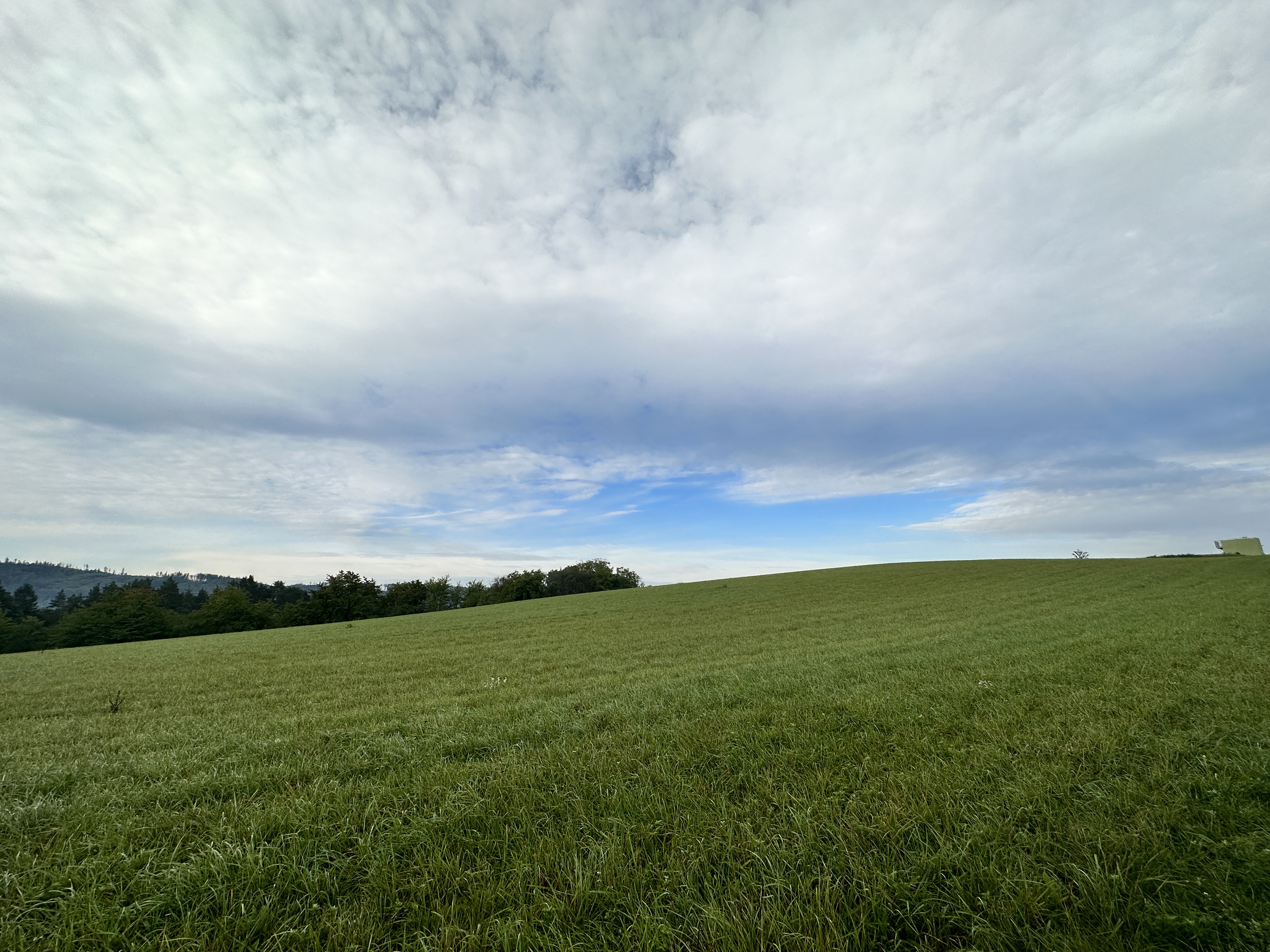

















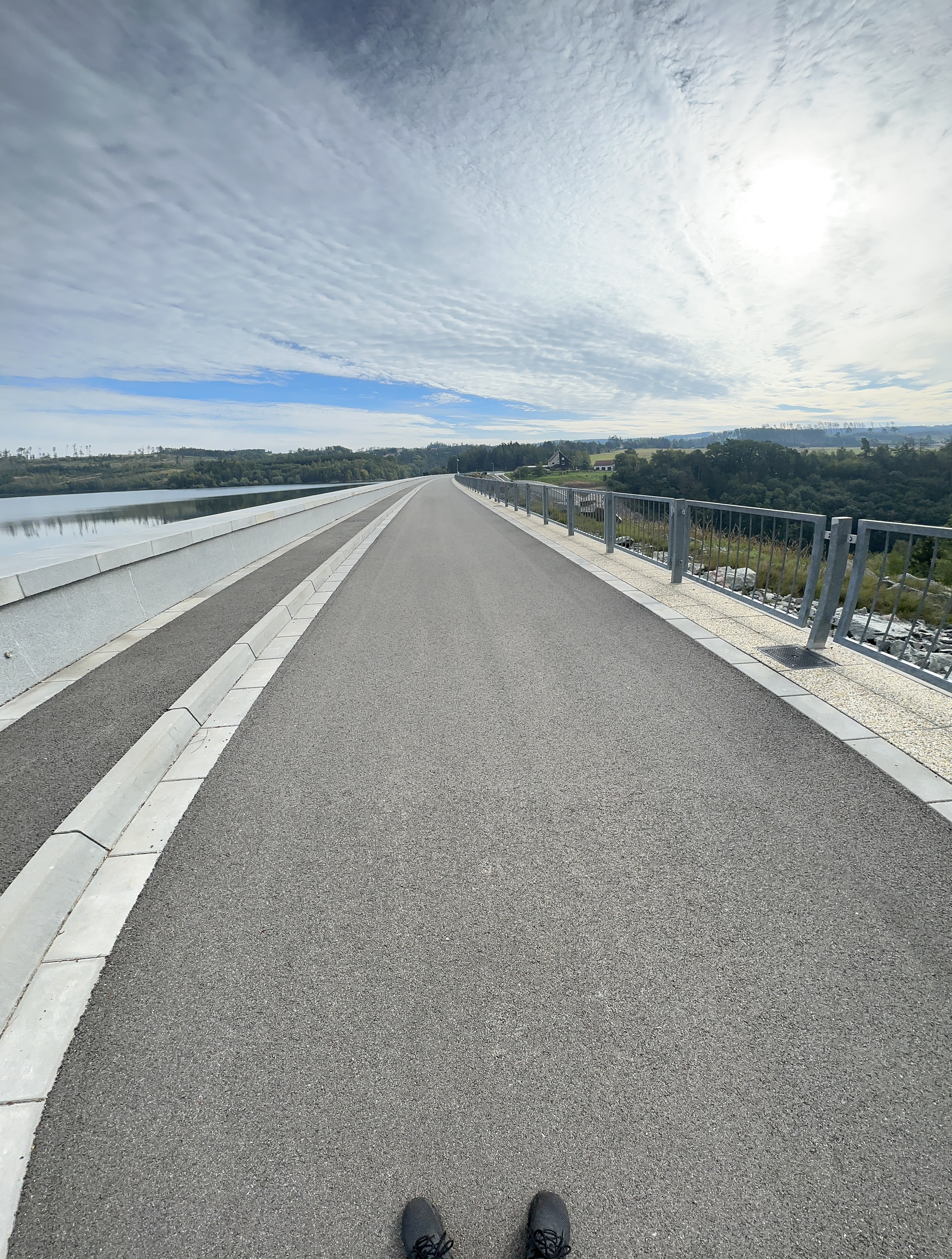







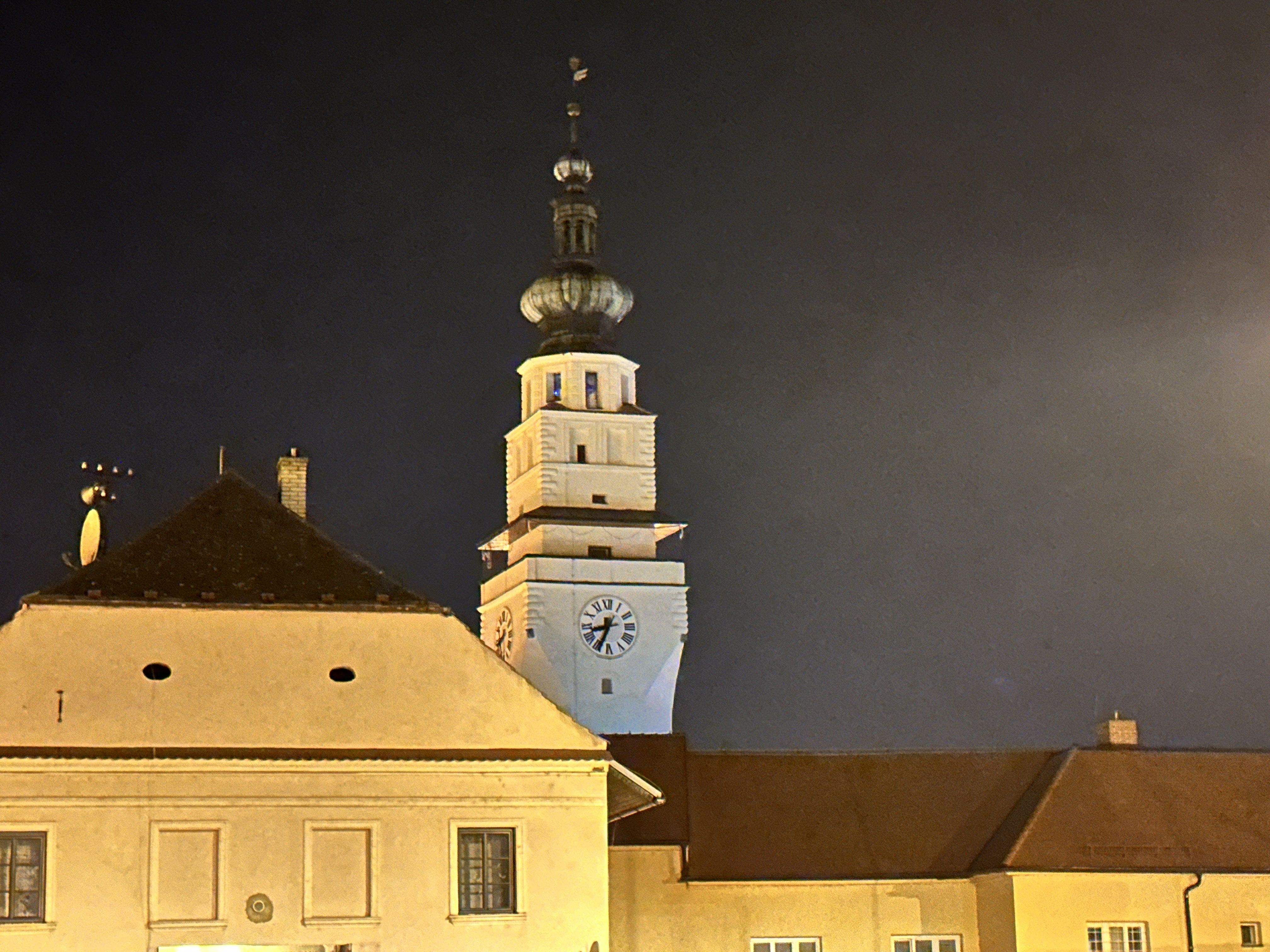

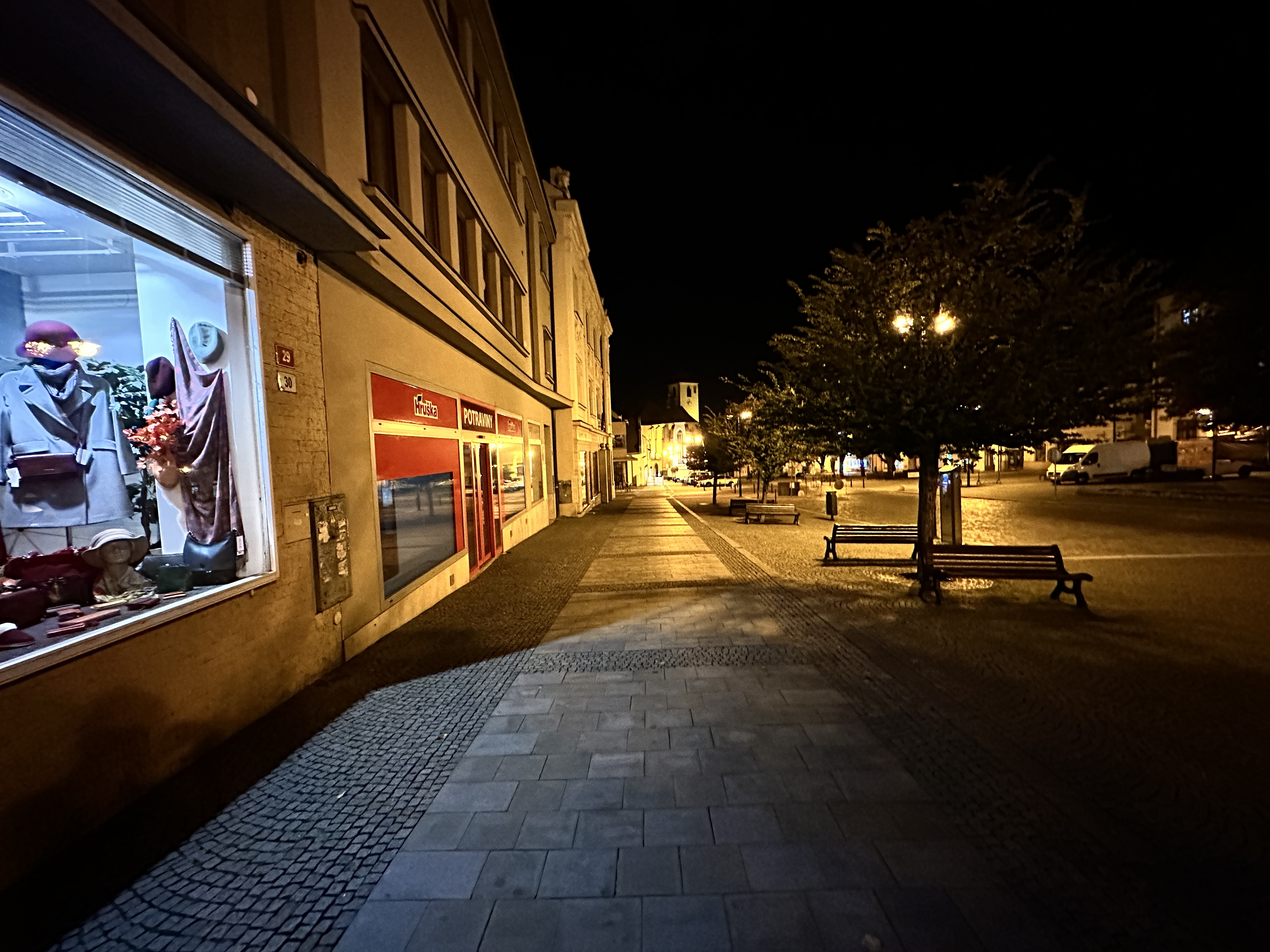
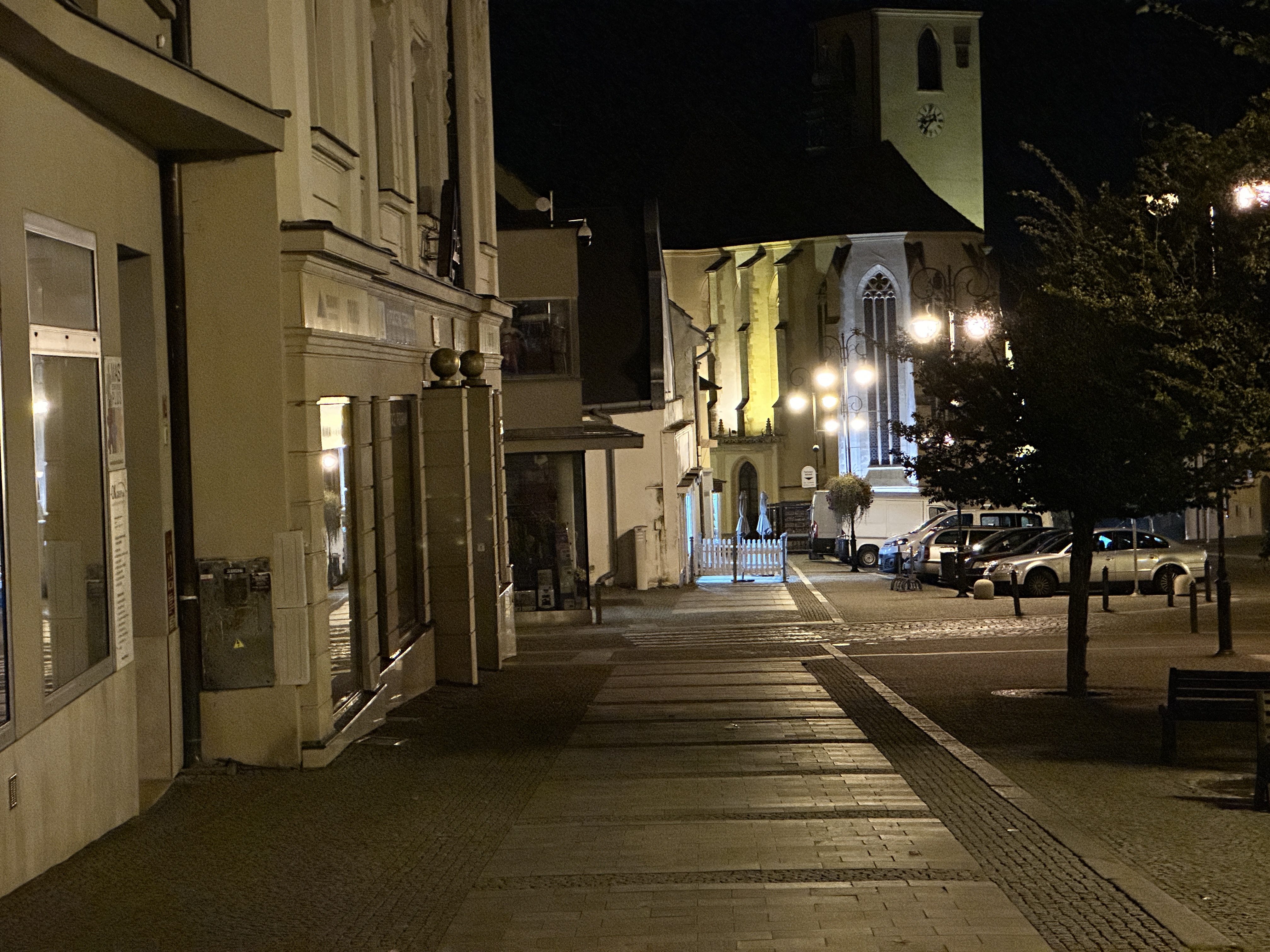


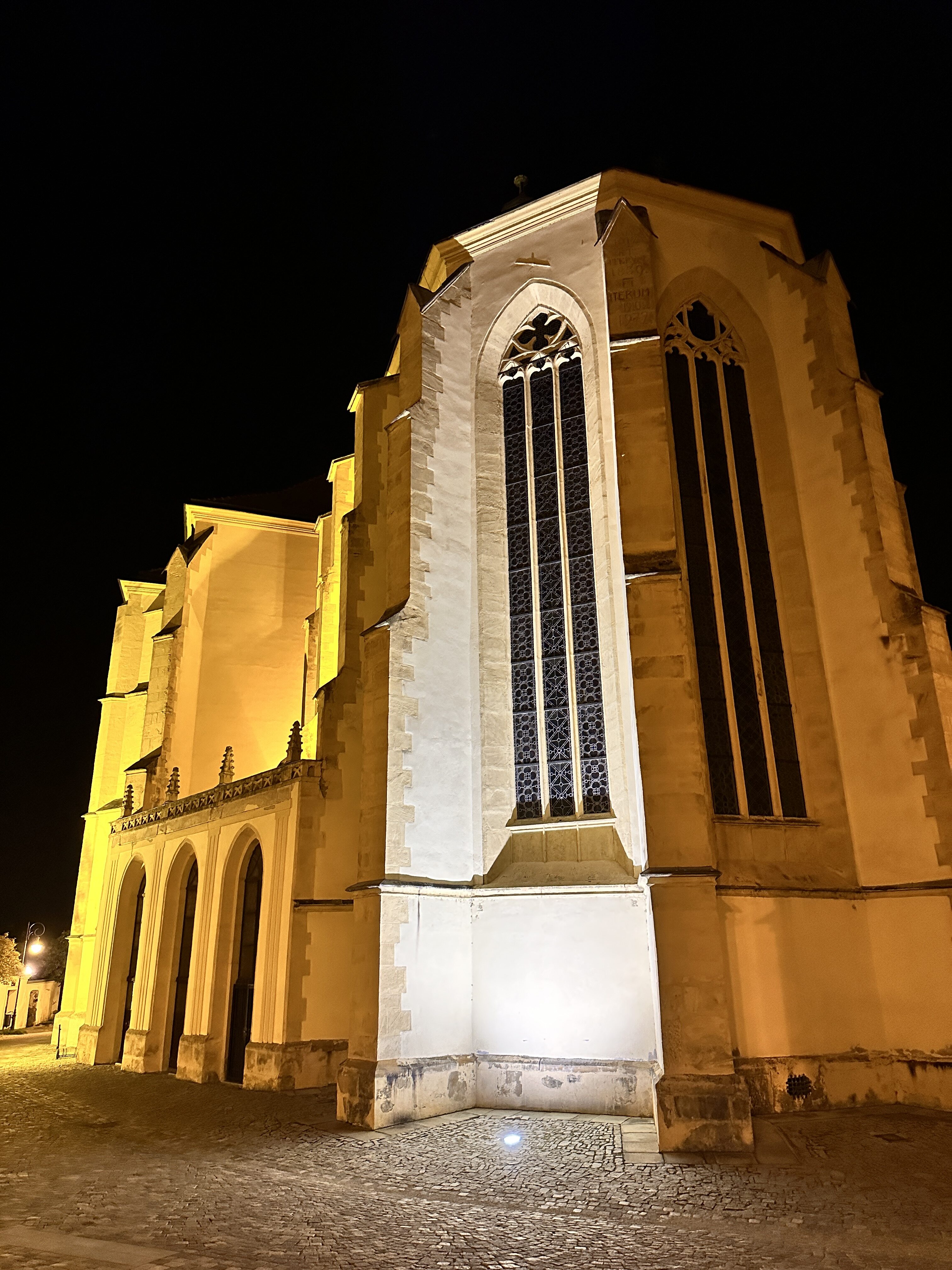

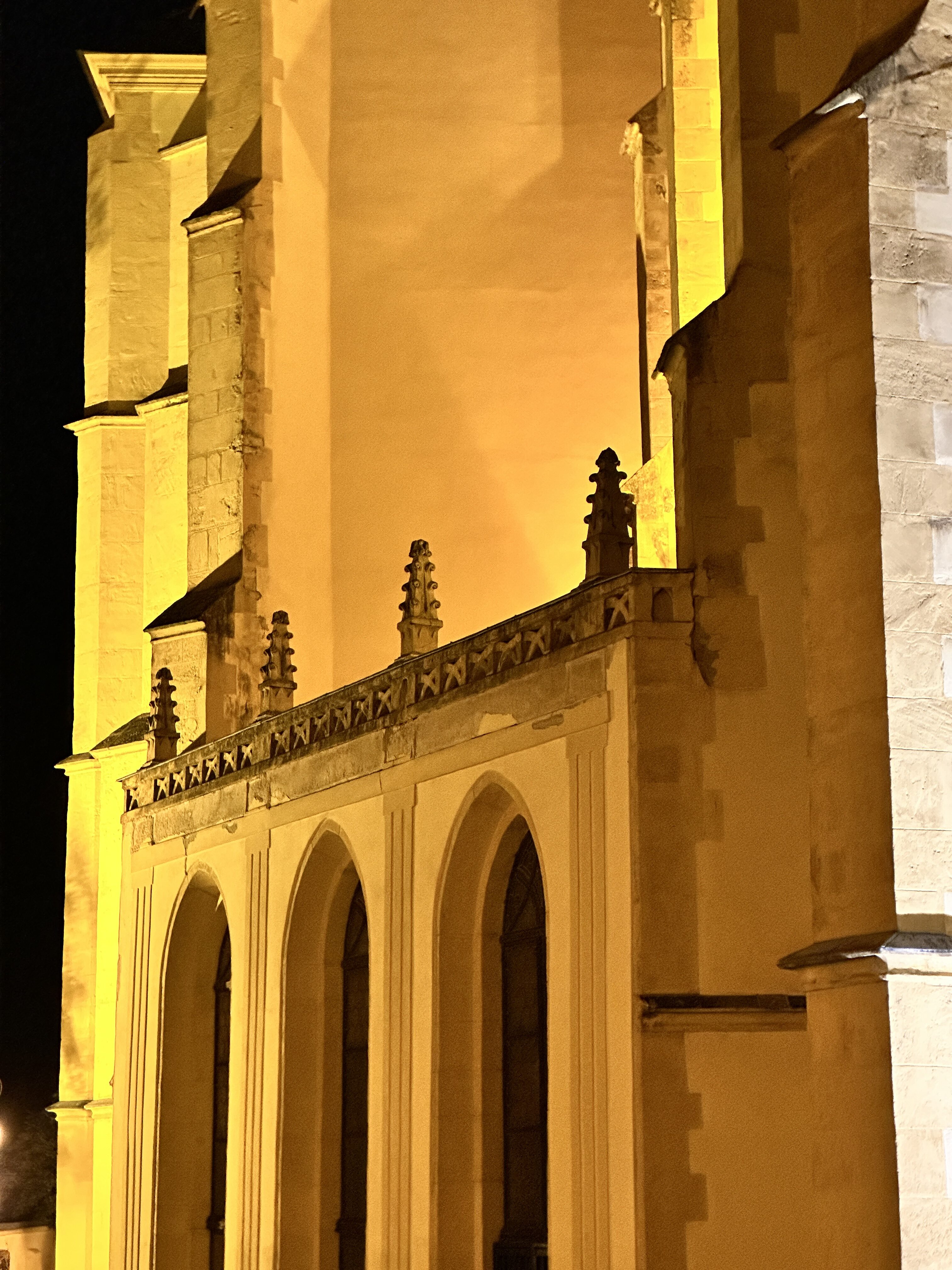

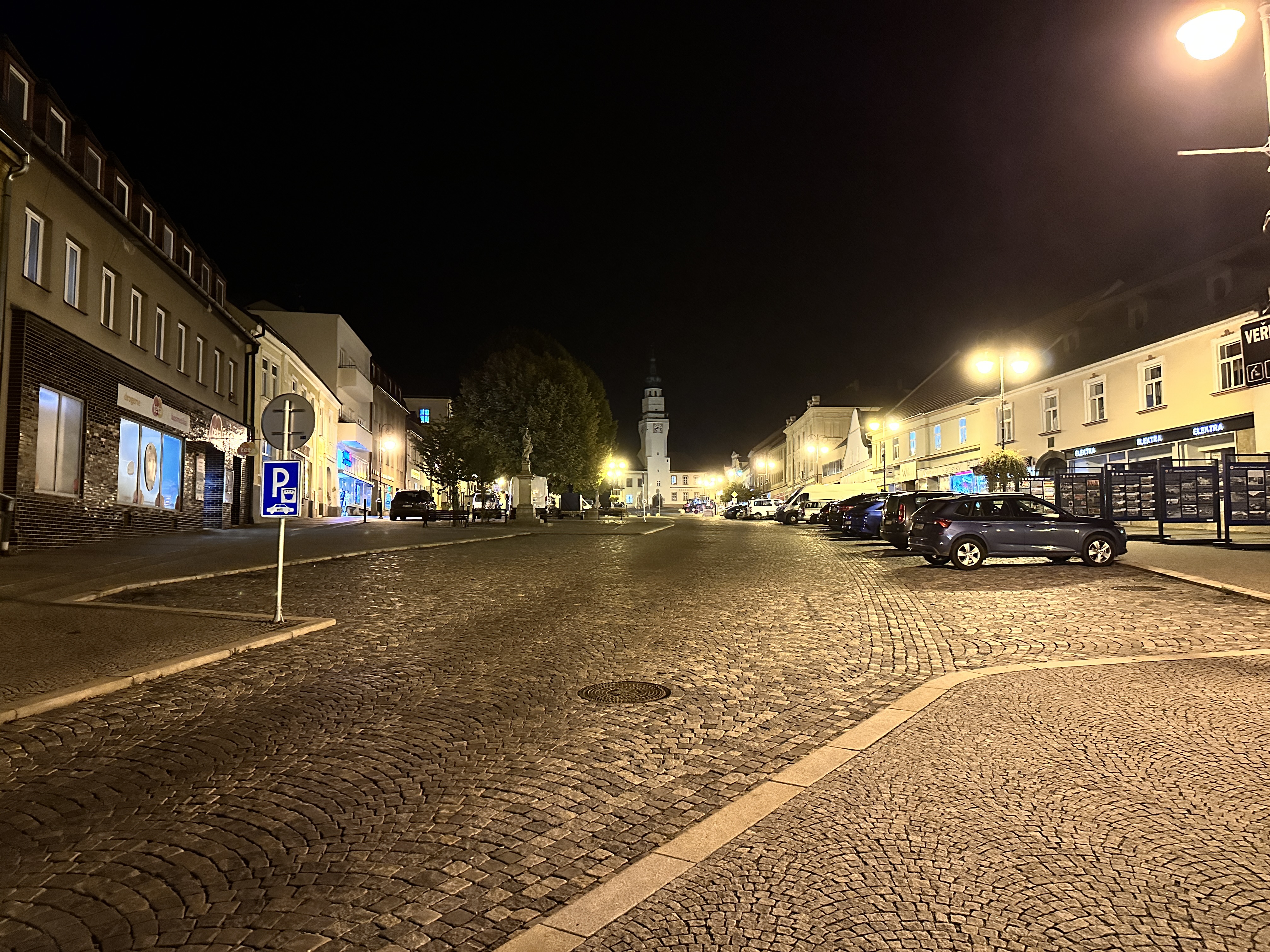
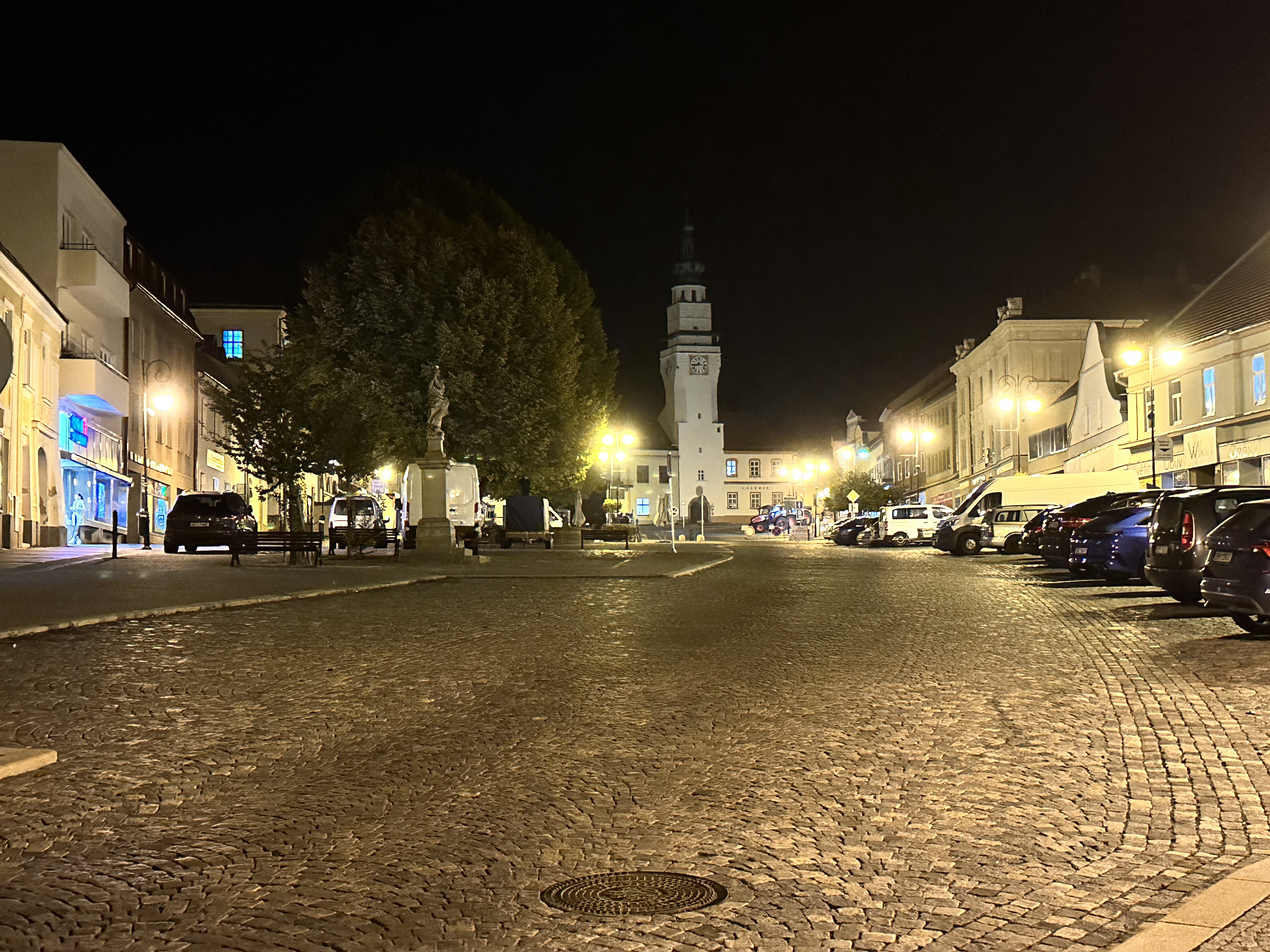
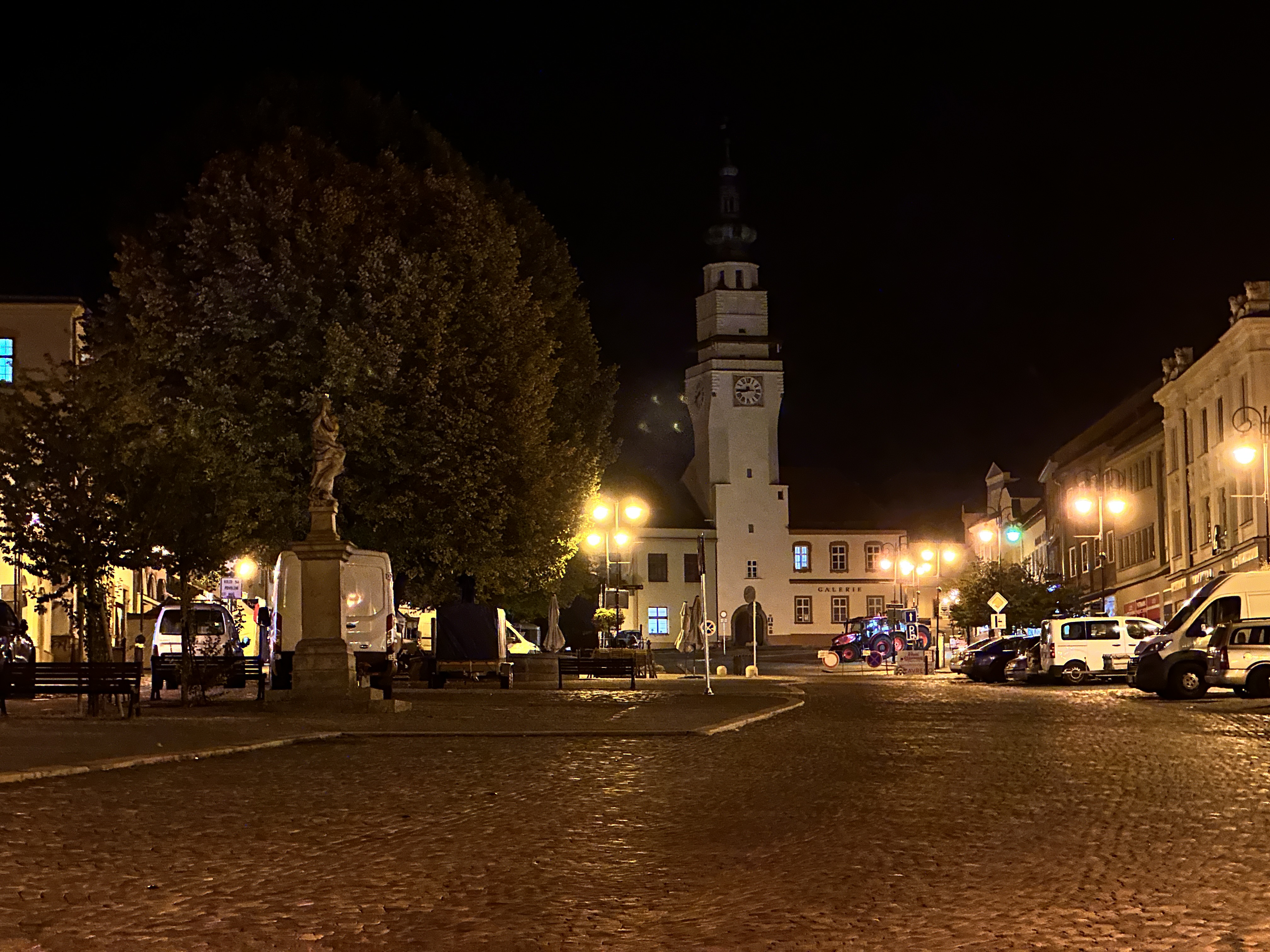
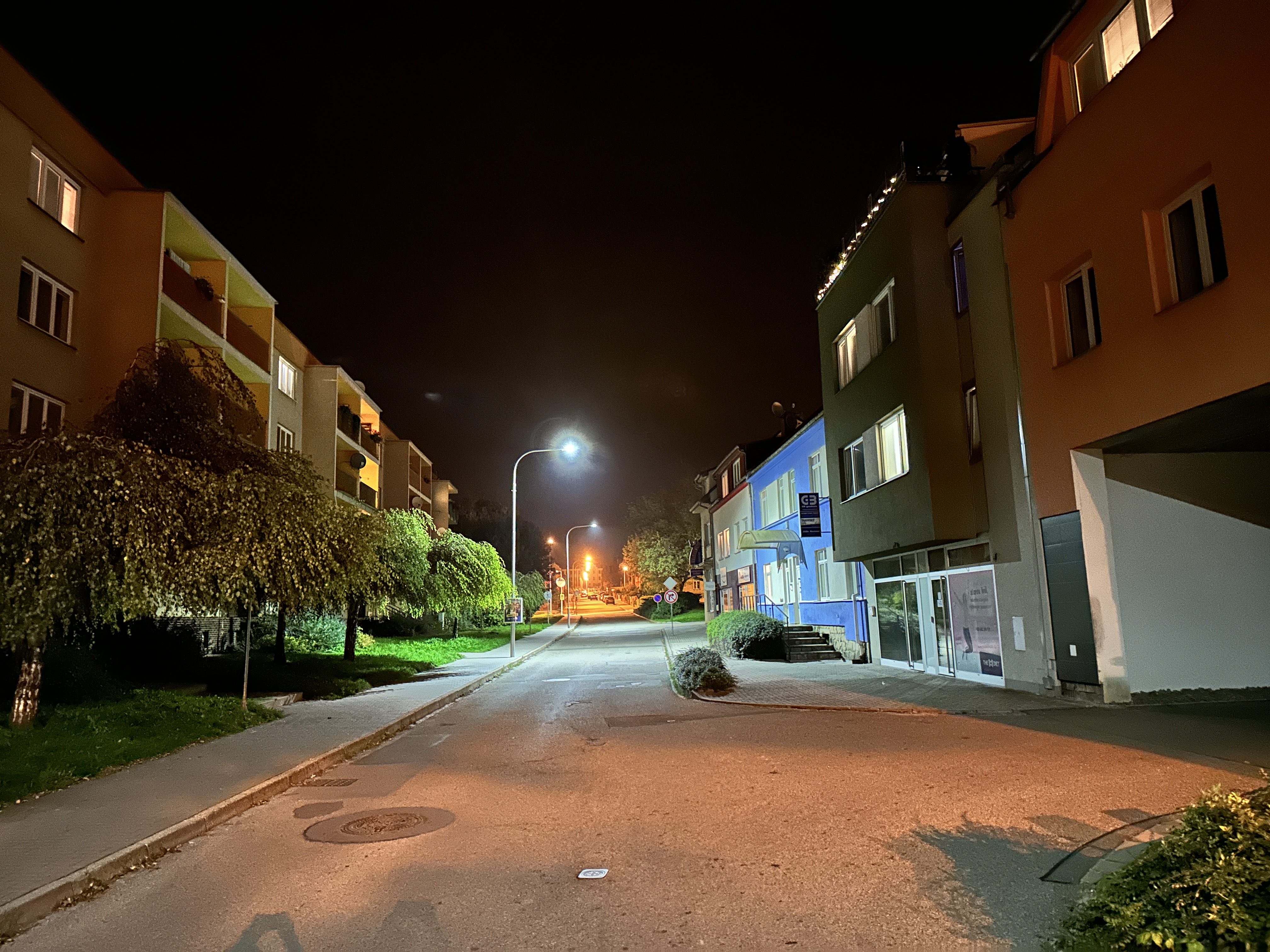

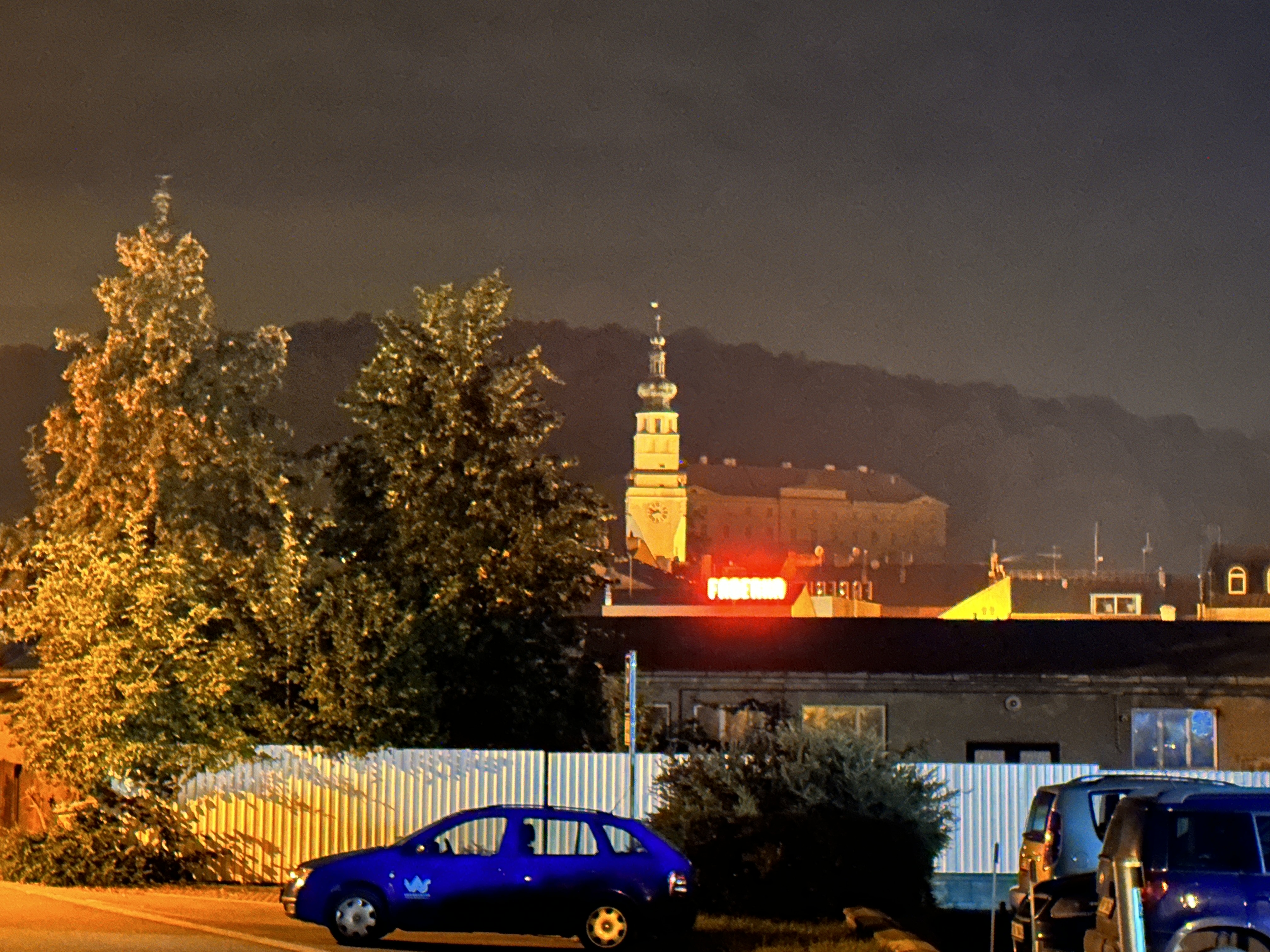

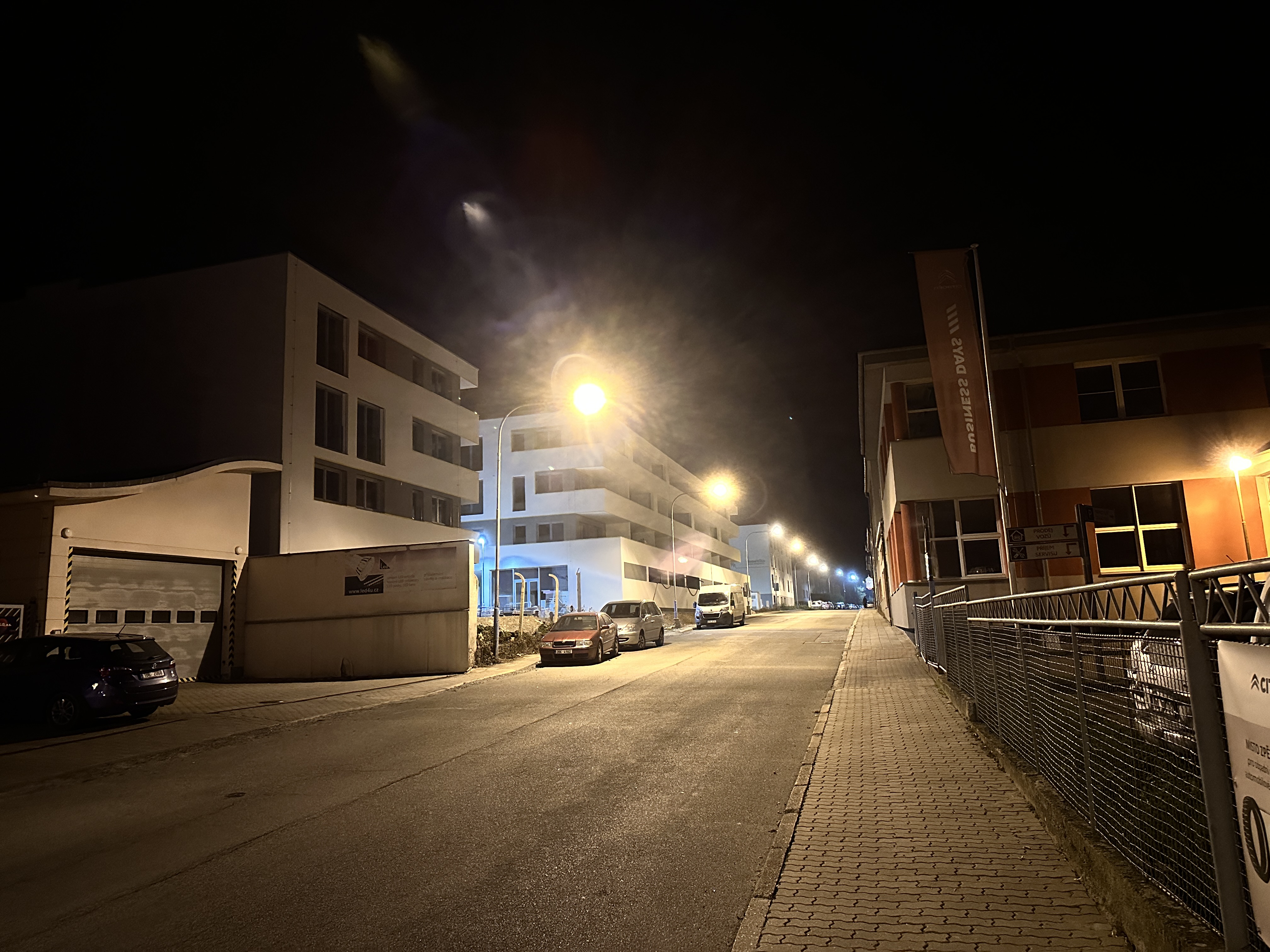

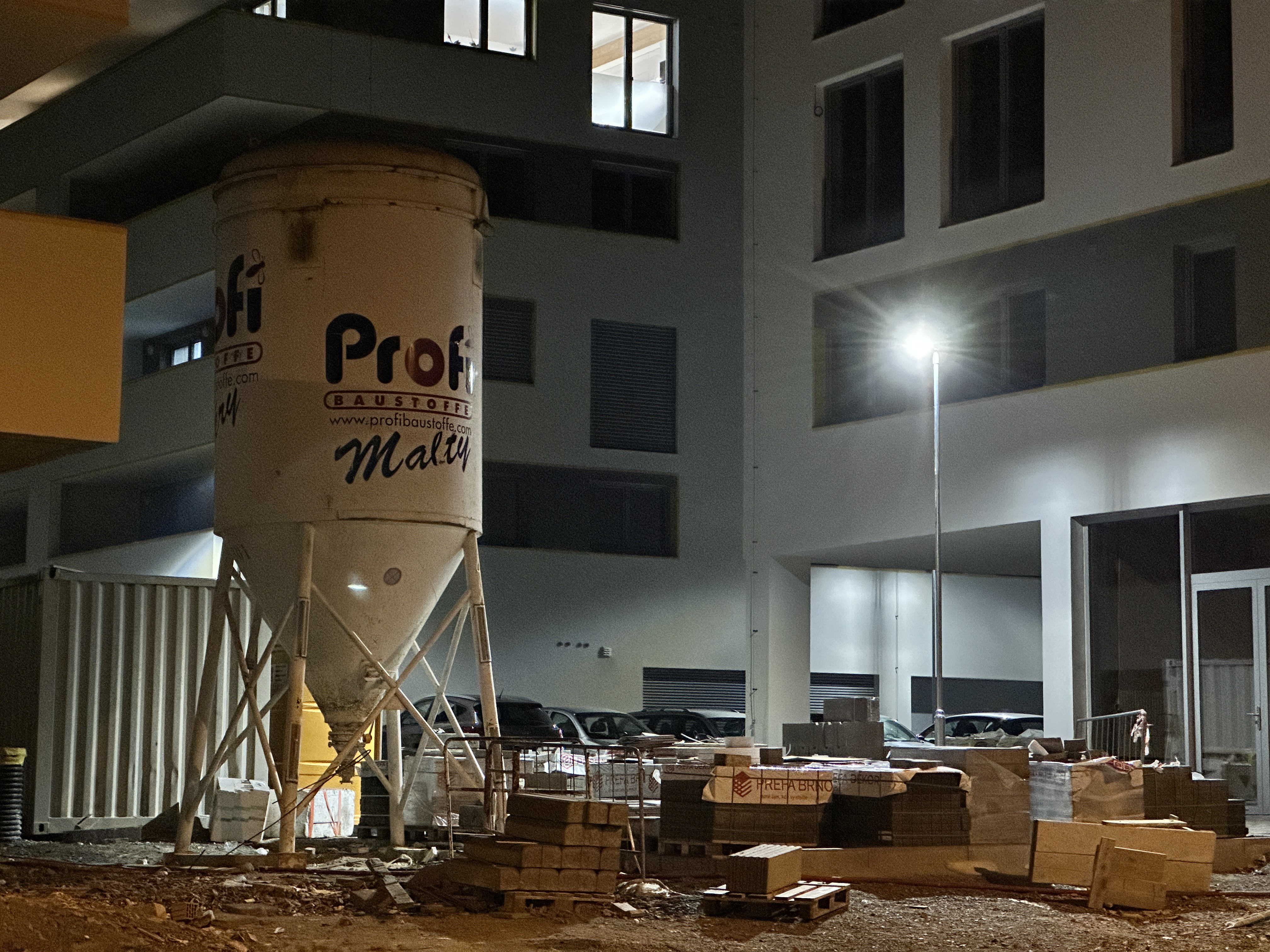

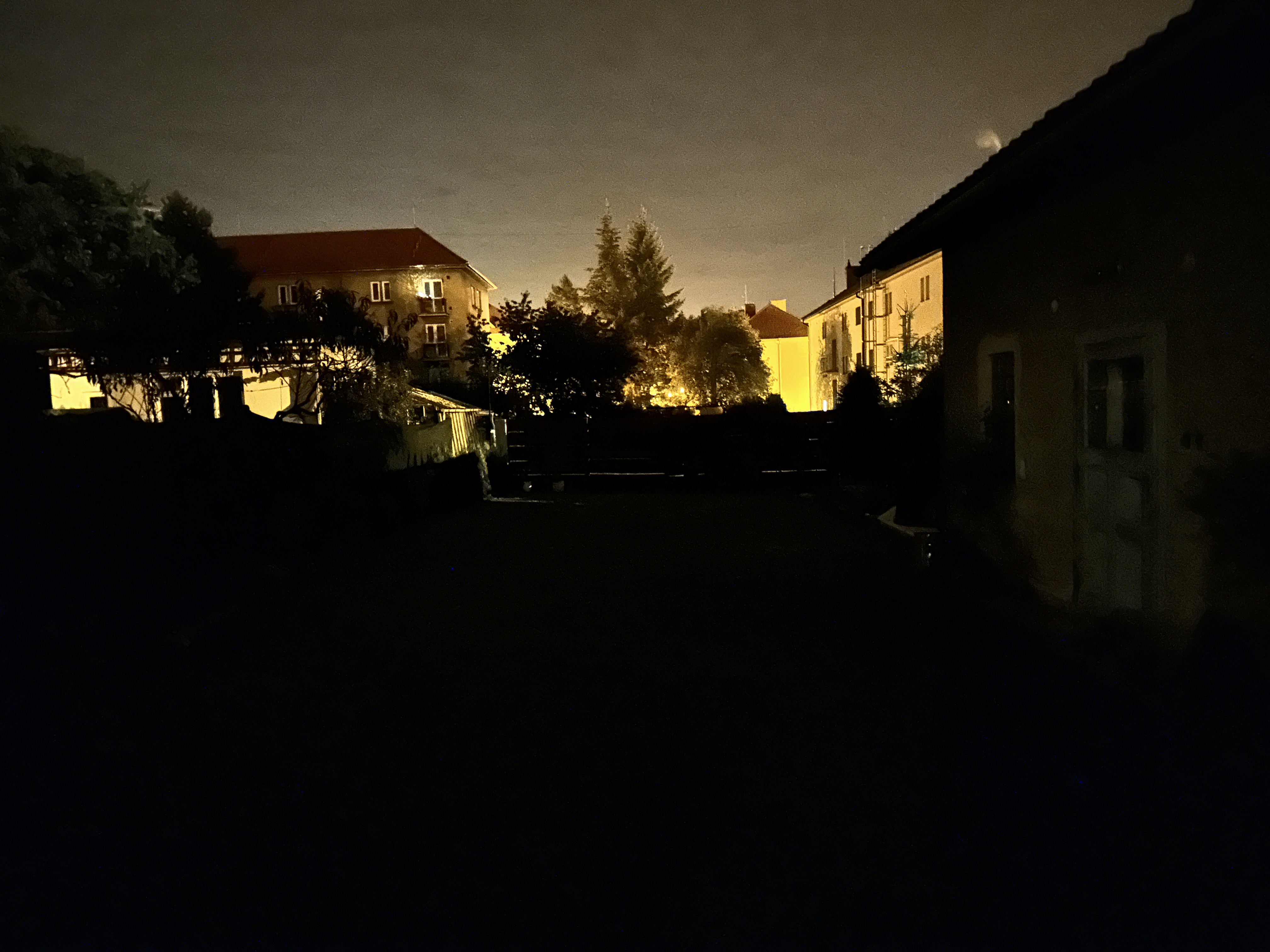
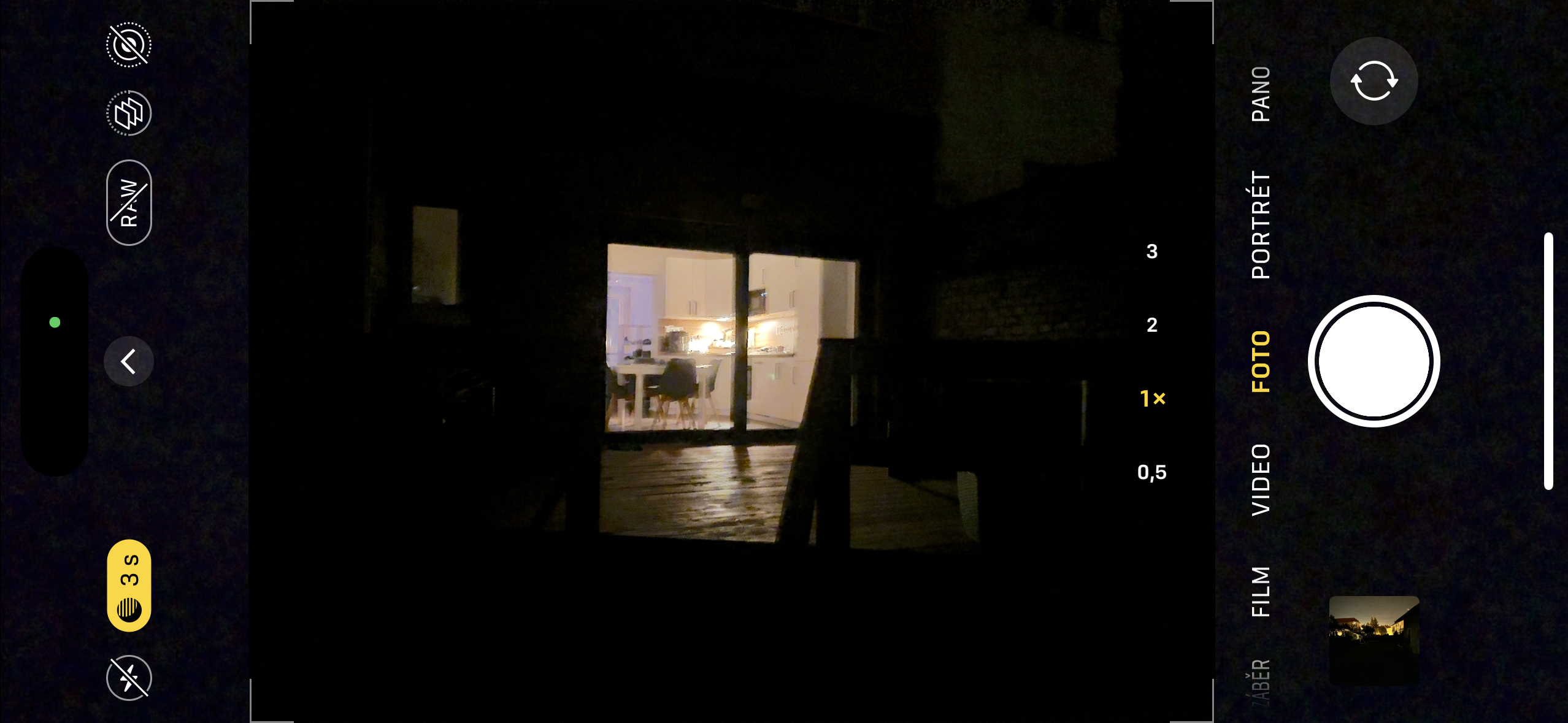
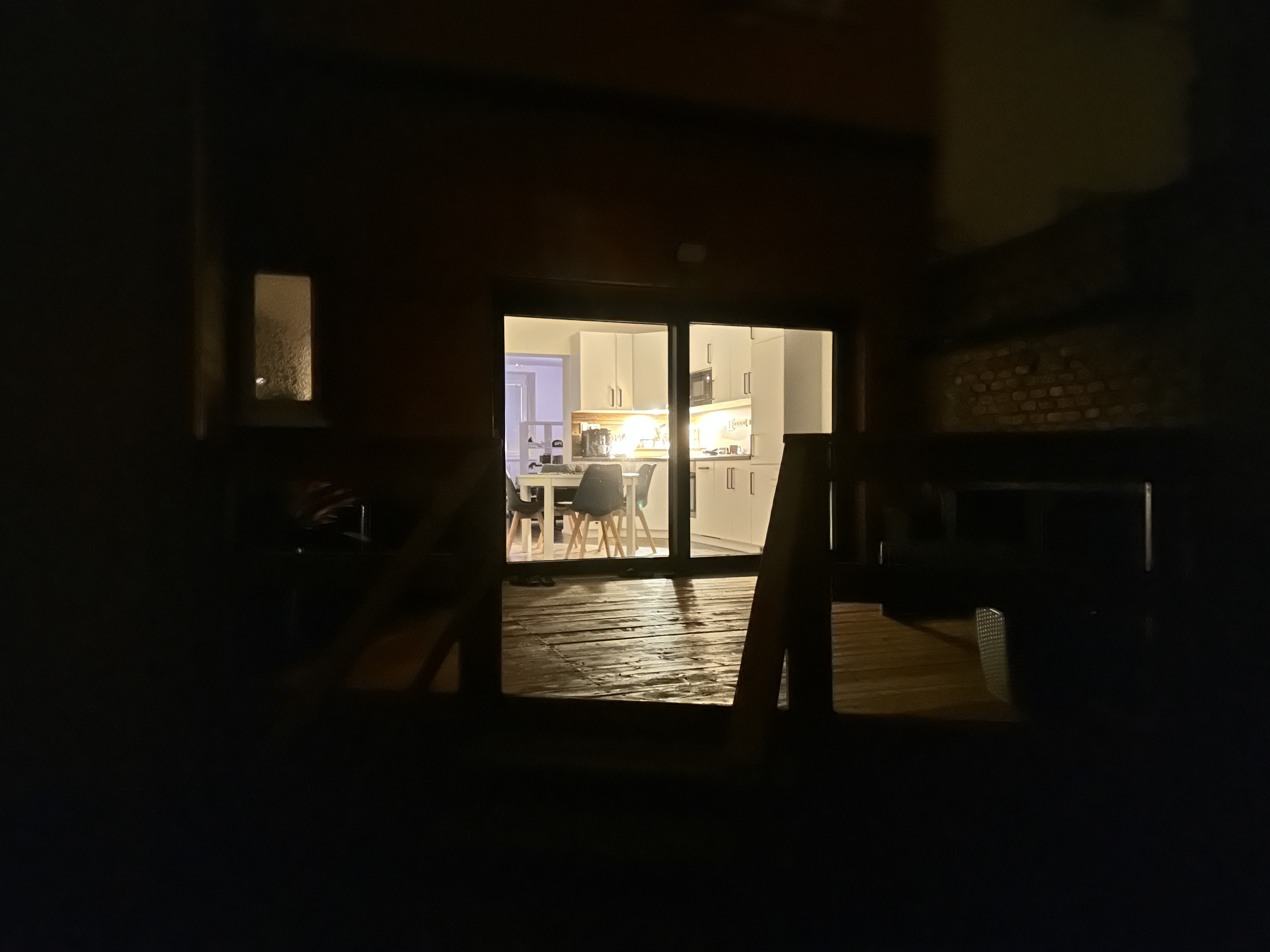
iPhone 12 Pro – 189g
iPhone 14 Pro – 206g
divided JE recognizable
Thanks for a fairly reasonable review.
The smallness of the island and, from a certain point of view, actually its senselessness startles me and I am rather disappointed with it. I myself often feel that the cut-out hides something I need to see. The island did not solve it in any way.
The time delay when shooting in RAW surprises me. I would understand RAW photography as a process where I save the raw data and do not process anything, while classic photography requires incomparably more actions before I get the final image. Who knows what's behind it, but it doesn't bother me anyway, because I don't really care about RAW. I haven't even used it on a camera I've had for about 20 years. And here, the "pseudo 48 MPix" from the sensor, which always contains four cells of the same color, I consider it a very cheated 48 MPix, so it's not worth bothering about it. I would almost consider if better quality results would not be achieved by using 12 million larger cells on the new larger chip than the current 48 million small cells. But we'll never find out.
AOD would probably make more sense for me because I use a simple, completely black wallpaper over the entire desktop. I don't care about any distracting elements of colorful wallpapers, nor do I care about showing my loved ones on the display to a wide area, that's why I solve it this way and everything on the display is clearer, cleaner, and the display should probably be more economical.
I was switching from the older 12 and finally decided that the 13 PRO MAX would be a better choice for me considering the price and what it offers. I didn't want to pay another approx. 10 CZK extra for 000 PM.
In general, the price is a big problem, although I don't have deep pockets and I shouldn't have a problem buying 14 PM - but my head just won't let me.